DATA NARRATIVES & DATA VISUALIZATION
Health Dynamics
Opoji KingdomDISEASE PATTERNS
These data were collected by the PRECIOUS GEMS teamPHOTO ESSAYS
DISEASE PATTERNS BY VILLAGE
Percentage of Cases in Ebudin Community
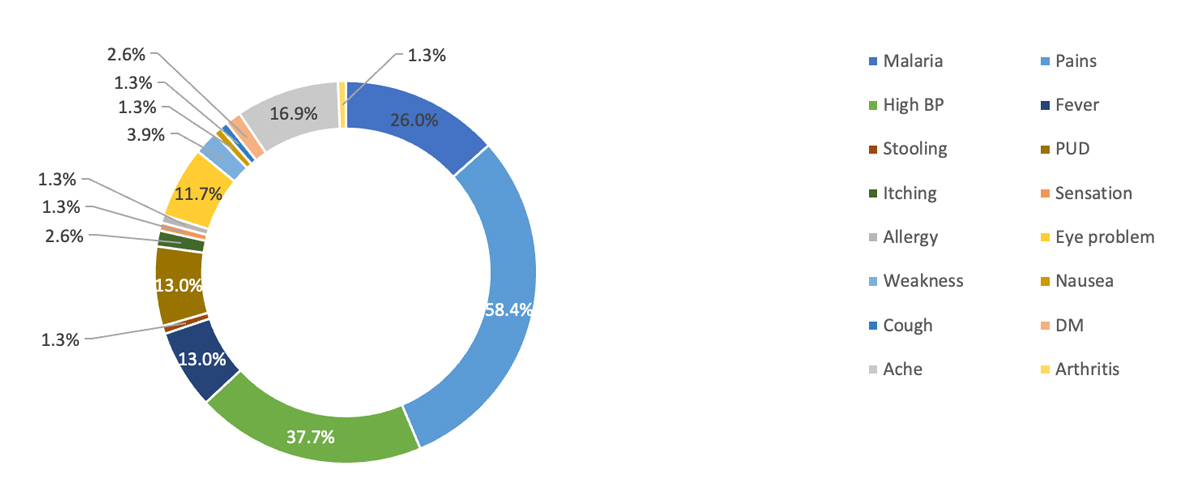
Percentage of Cases in Ewu Community
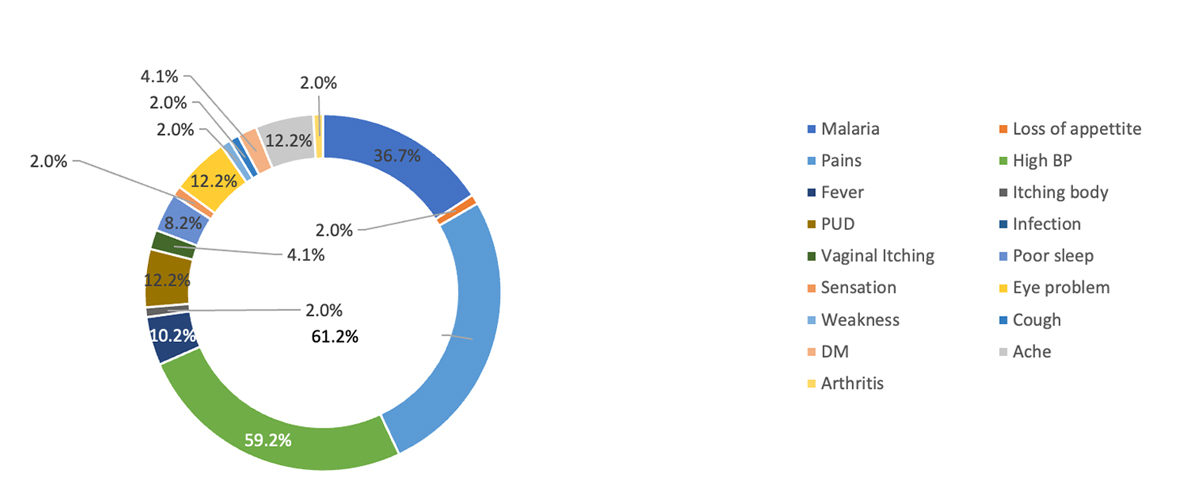
Percentage of Cases in Ebudin Community
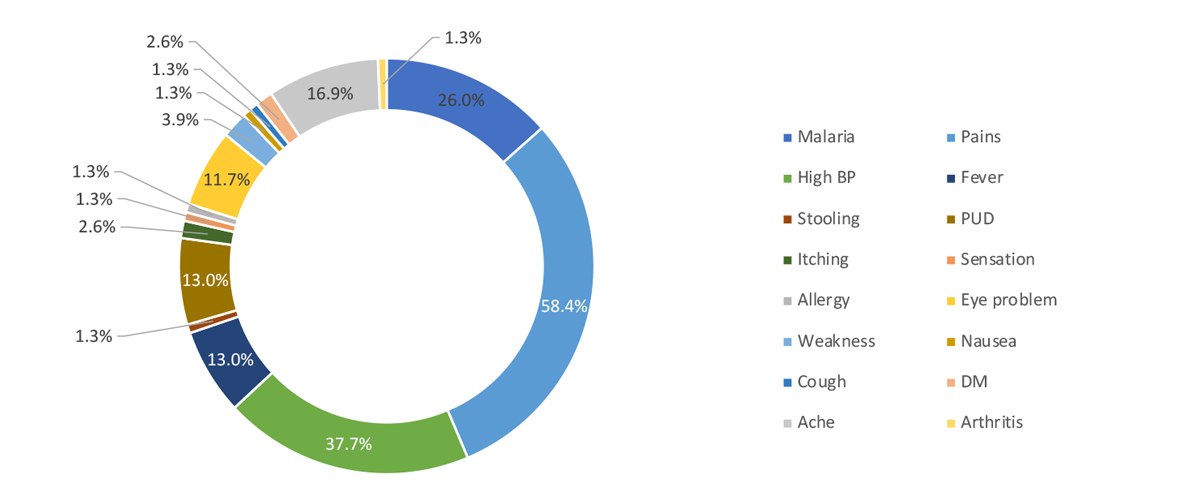
Percentage of Cases in Ewu Community
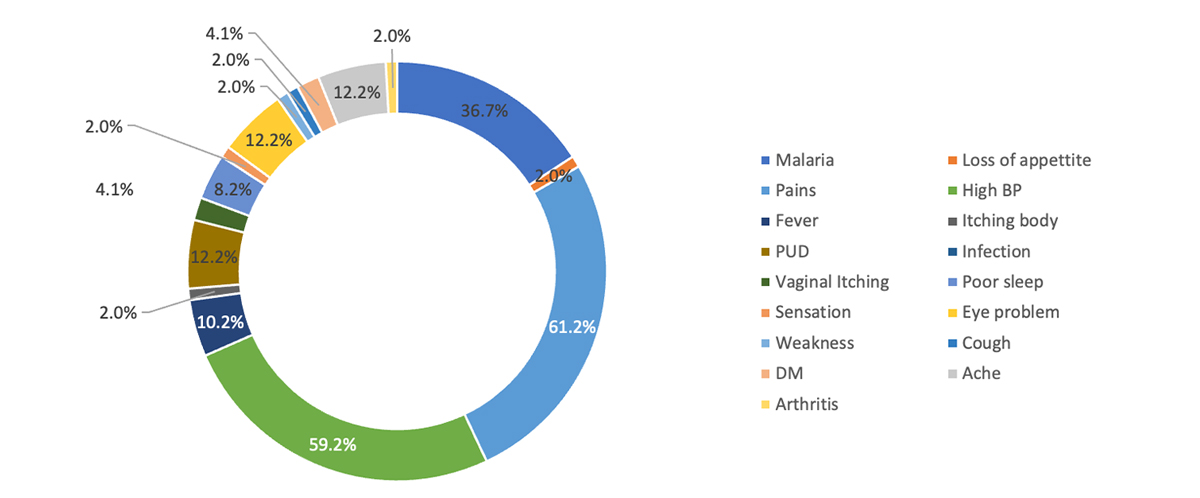
Percentage of Cases in Ebhoakuala Community

Percentage of Cases in Eguare Community
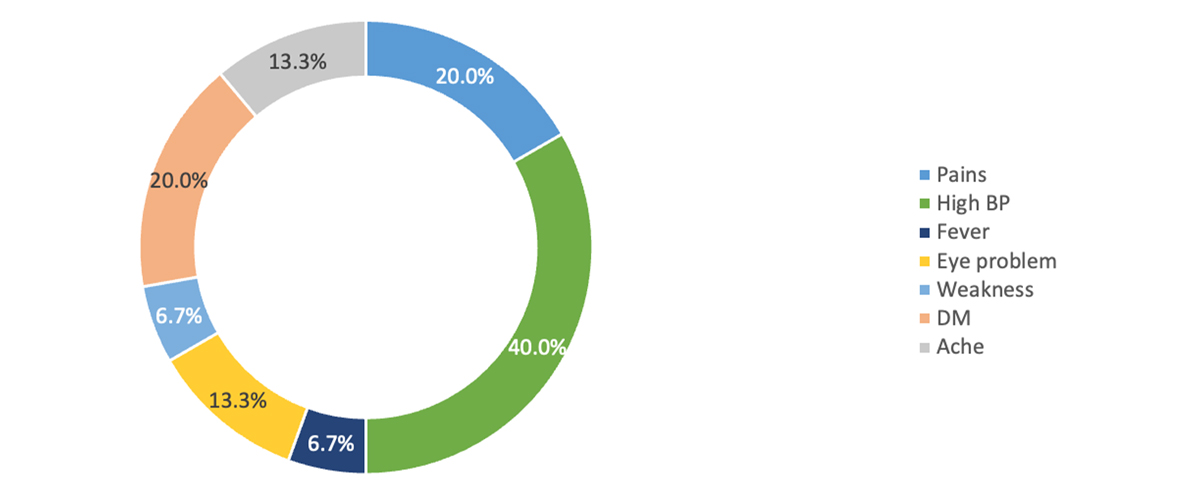
Percentage of Cases in Idoa Community
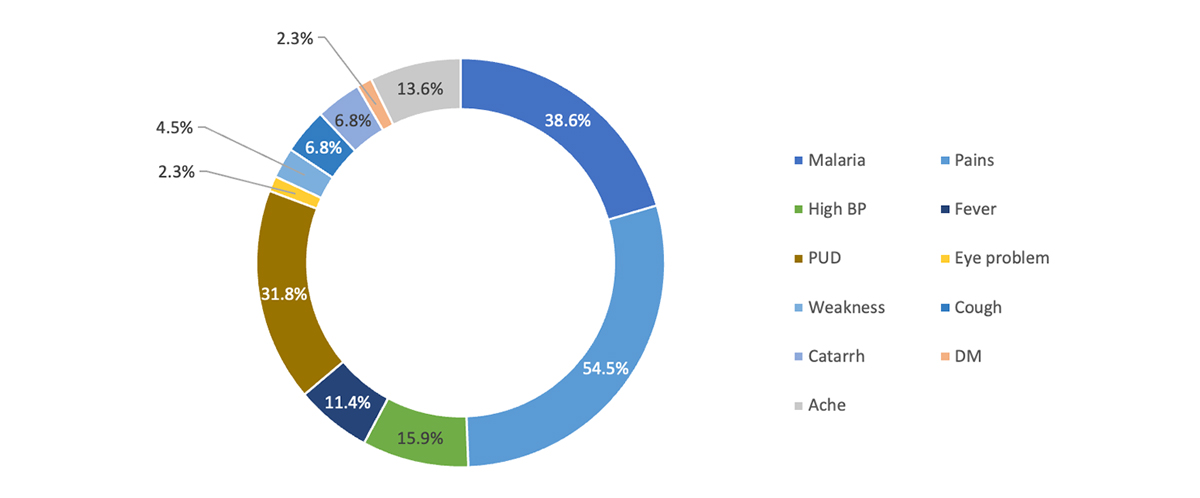
Percentage of Cases in Ewu-Ekpoma Community
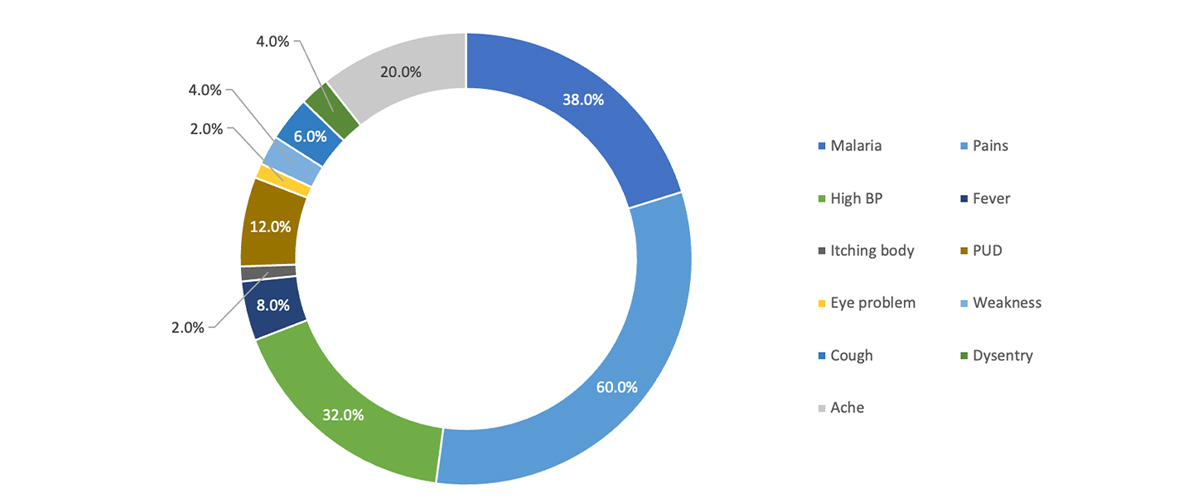
Percentage of Cases on Dova-Ekpoma Community
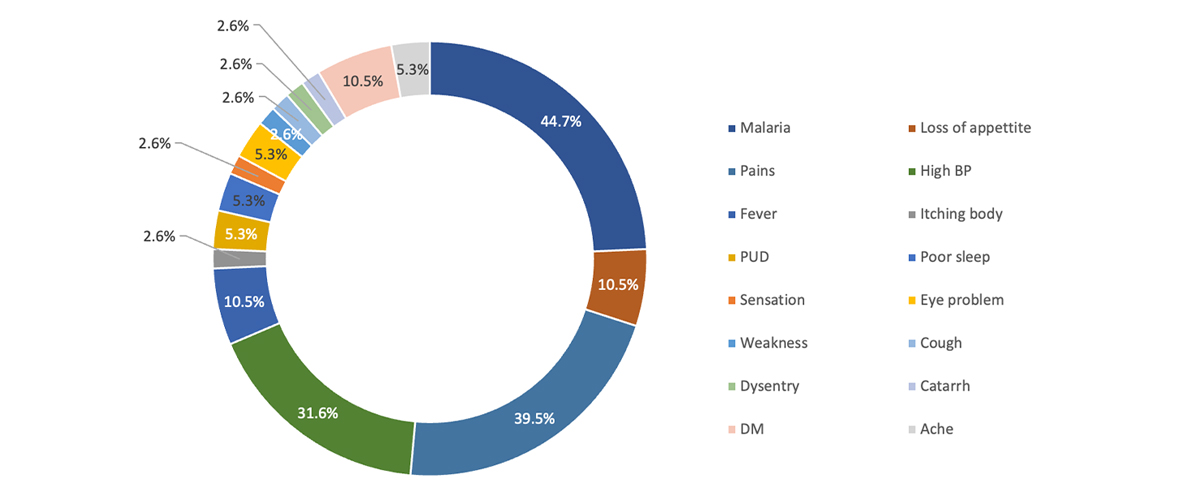
NIGERIA - Diseases & Main Causes of Death
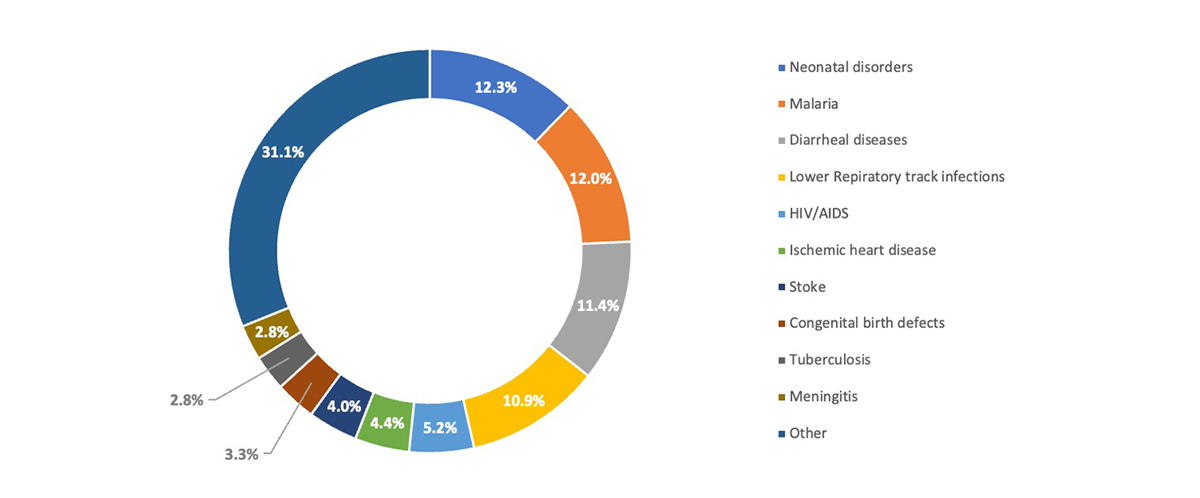
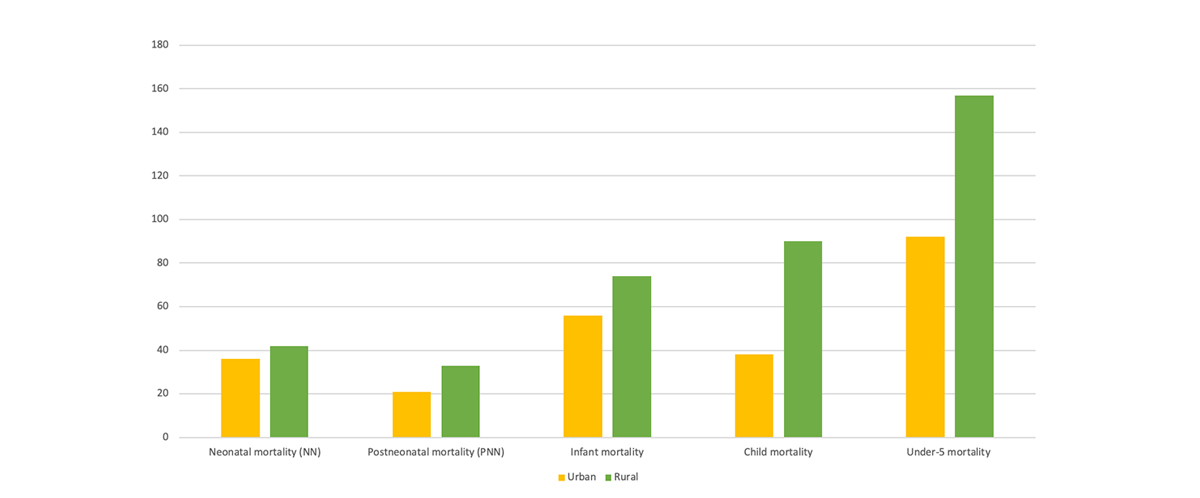
Youth health & well-being
Many children come from families that live on less than the minimum wage. Reduced financial power affects their health and wellbeing.
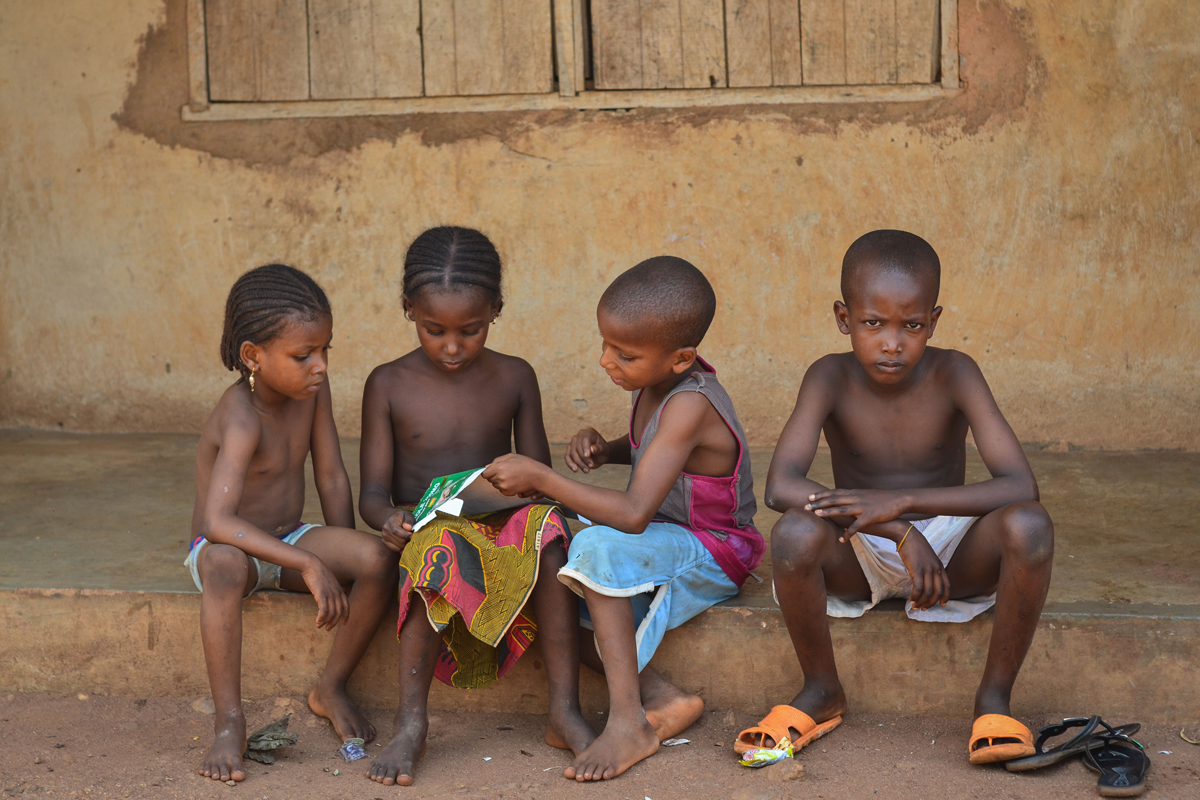
How this compares to the national level:
Five-year early childhood mortality rates in Nigeria, according to background characteristics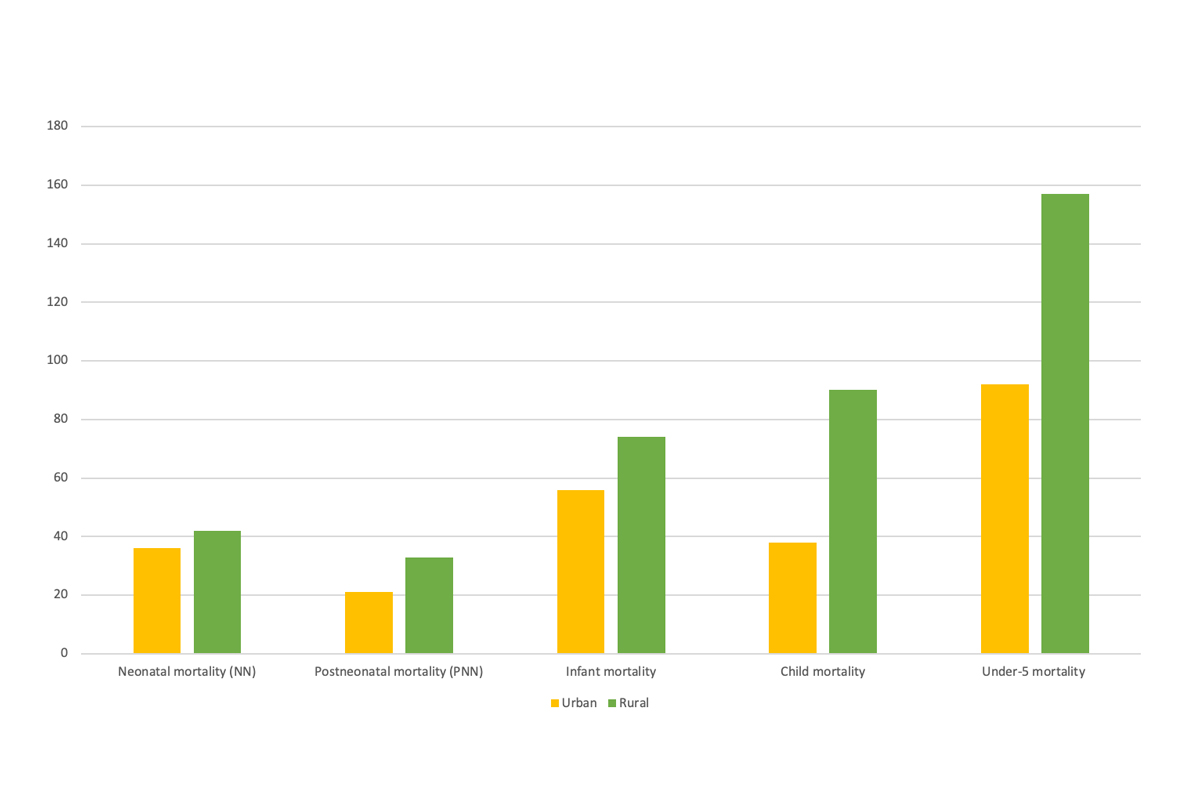
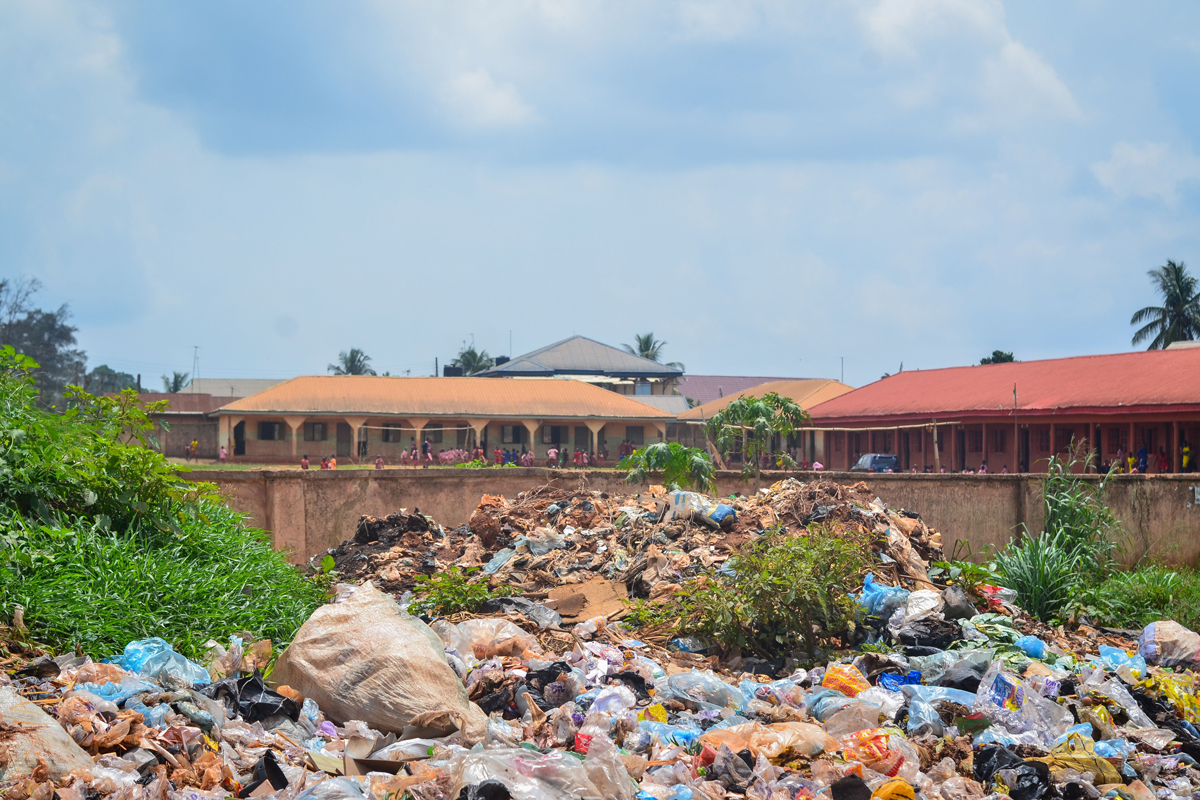
(A school situated close to an open refuse dump site with kids playing in the background)
How this compares to the sub-national level:
Five-year early childhood mortality rates in Nigeria, according to background characteristicsOnly 7% of schools and 5% of health facilities in Nigeria have combined basic water, sanitation and hygiene facilities.
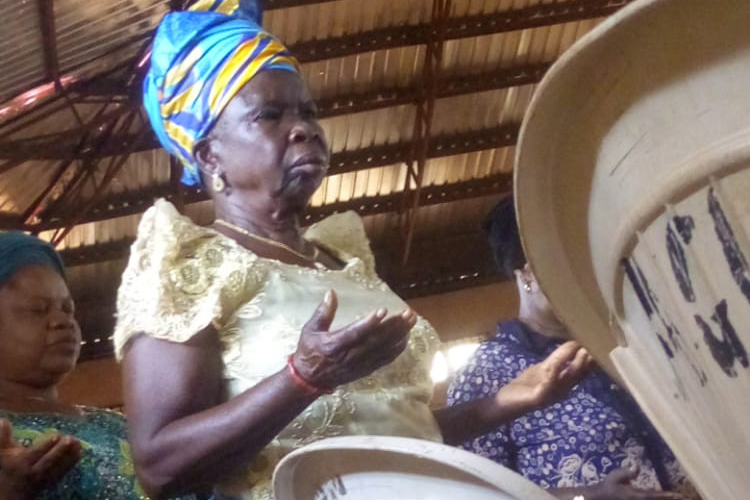
This woman still goes to church to participate with the church’s local choir. This maintains physical activity, prevents a sedentary lifestyle, and gives social support.
Healthy Aging
Key factors influencing the achievement of healthy aging in Irrua-Ekpoma:
- Low socio-economic status
- Poor access to quality health care
- No retirement planning
Women are particularly vulnerable.
POPULATION DYNAMICS
MIGRATION
There are an estimated 272 million international migrants – 3.5% of the world’s population – many from Nigeria. While most people leave their home countries for work, millions have been driven away due to conflict, violence, and climate change. According to the UN’s International Organization for Migration (IOM), Nigeria continues to experience high internal and external migration due to the size of its population, economic climate, as well as its porous borders.
INFORMAL SETTLEMENTS
The absolute number of people living in slums or informal settlements grew to over 1 billion, with 80 percent attributed to three regions: Eastern and South-Eastern Asia (370 million), sub-Saharan Africa (238 million), and Central and Southern Asia (227 million). An estimated 3 billion people will require adequate and affordable housing by 2030.
NIGERIA - Population distribution
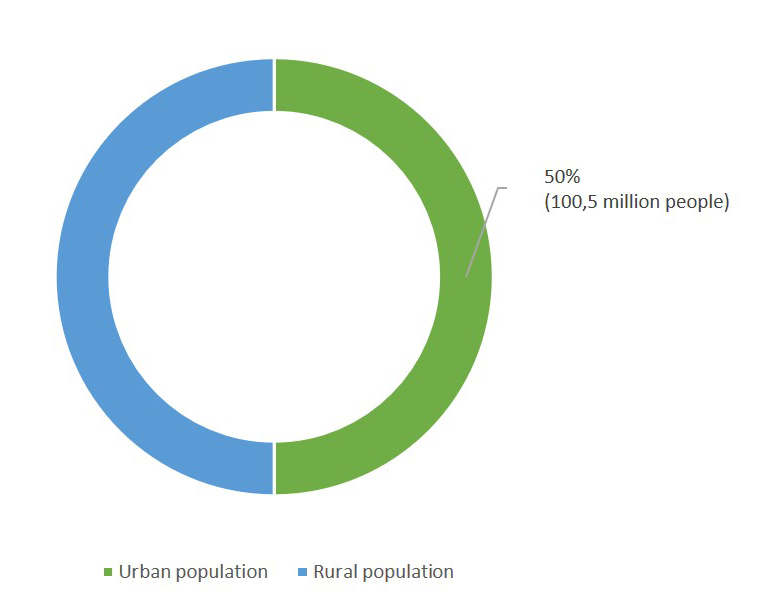

Population Characteristics
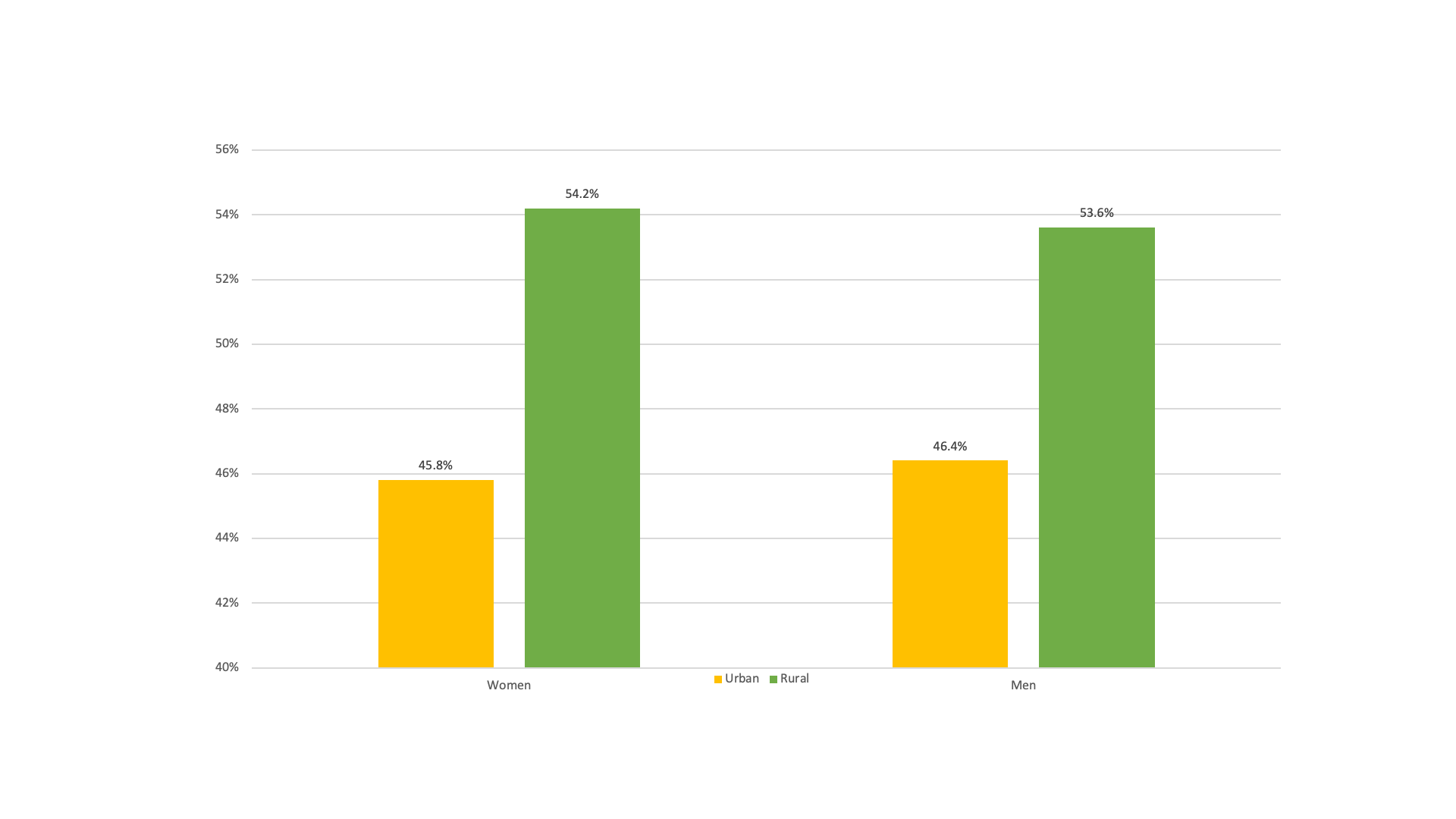
OPOJI - POPULATION DYNAMICS
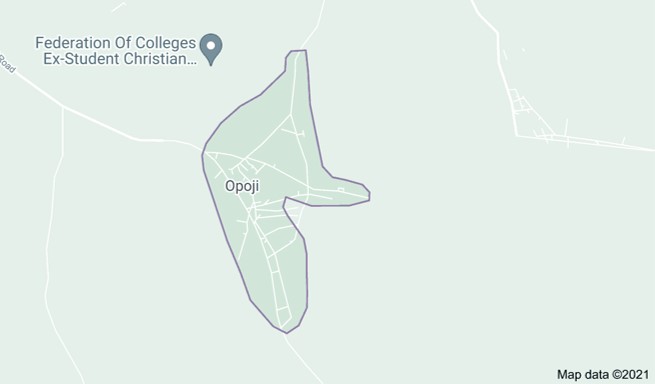
- Opoji Town, Esan Central local government area, Edo Central Senatorial District.
- A network of 13 villages with a population of approximately 40,000.
- Opoji, Ekpoma, and Irrua are the urban centers linked to the 13 villages.
ENVIRONMENTAL EQUITY
Environment Equity means protection from environmental hazards as well as access to environmental benefits, regardless of income, ethnicity, and other characteristics.
DRINKING WATER & SANITATION FACILITIES
Nigeria’s 26.5 per cent of the population has access to improved drinking water sources and sanitation facilities. However, in the Edo state, 73.8% have access to improved drinking water services; and 69.8% have access to an improved sanitation facility. This suggests Edo state has better access to improved drinking water and sanitation facilities than the national average.
BASIC WATER SUPPLY & HANDWASHING FACILITIES
About 60 million people (32%) lack access to basic water supply services in Nigeria, and 150 million people (79%) lack basic handwashing facilities with soap and water. About 70,000 children under 5 die every year from diseases caused by Nigeria’s poor levels of access to clean water, decent toilets and good hygiene services. Only 7% of schools and 5% of health facilities in Nigeria have combined basic water, sanitation and hygiene facilities.
AIR POLLUTION
91% of the world’s population live in places where air quality exceeds WHO guideline limits. The WHO guidelines state that annual average concentrations of PM2.5 should not exceed 10 µg/m3, while 24-hour average exposures should not exceed 25 µg/m3 more than 3 times a year. Ambient (outdoor) air pollution is a major environmental health problem affecting everyone in low-, middle-, and high-income countries. Ambient air pollution in both cities and rural areas was estimated to cause 4.2 million premature deaths worldwide per year in 2016; this mortality is due to exposure to small particulate matter of 2.5 microns or less in diameter (PM2.5), which cause cardiovascular and respiratory disease, and cancers.
- WHO is custodial agency for 3 air pollution-related Sustainable Development Goals indicators:
- 3.9.1 Mortality from air pollution
- 7.1.2 Access to clean fuels and technologies
- 11.6.2 Air quality in cities
Safe drinking water system
Access to potable water has been identified as an opportunity for achieving good health in Irrua-Ekpoma.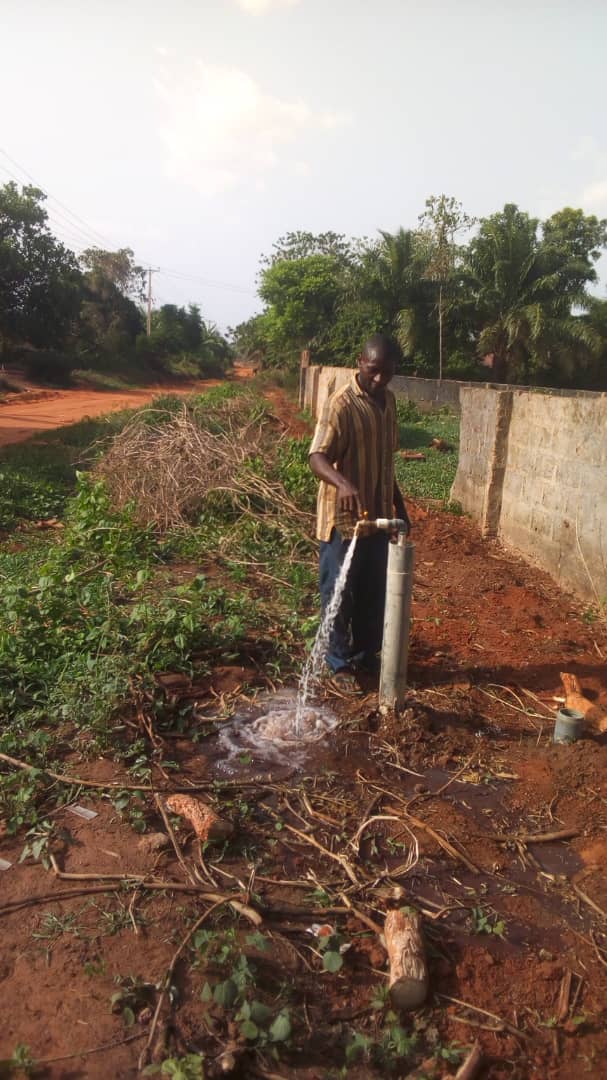
How this compares to the national average:
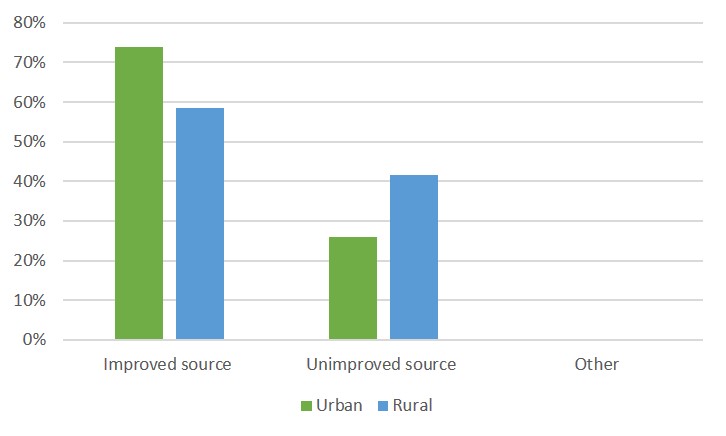
Drinking water in Edo State*
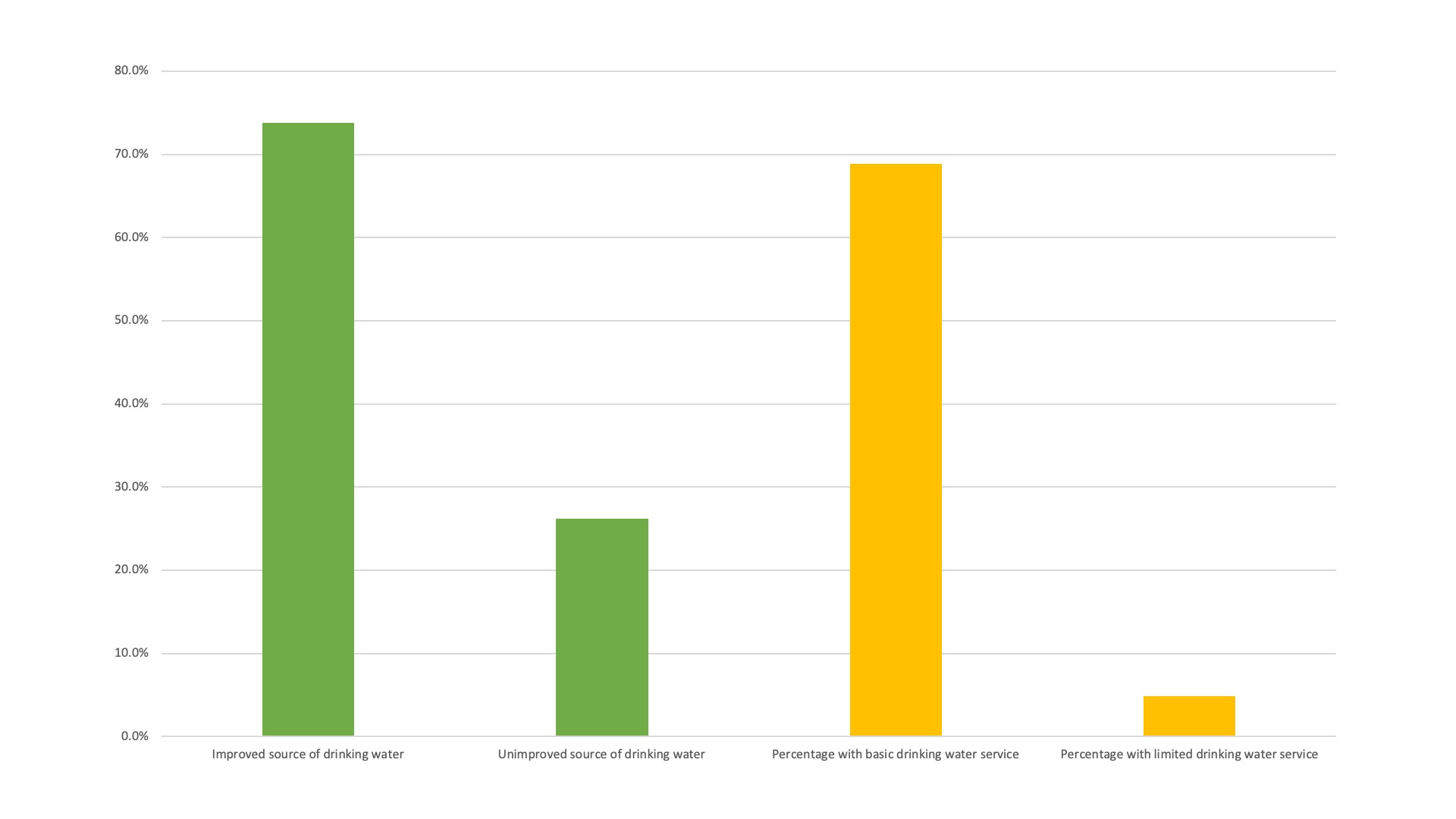
Adequate sanitation
Poor drainage systems and stagnant water around the community contribute to vector borne diseases and poor health.How this compares to the national average:
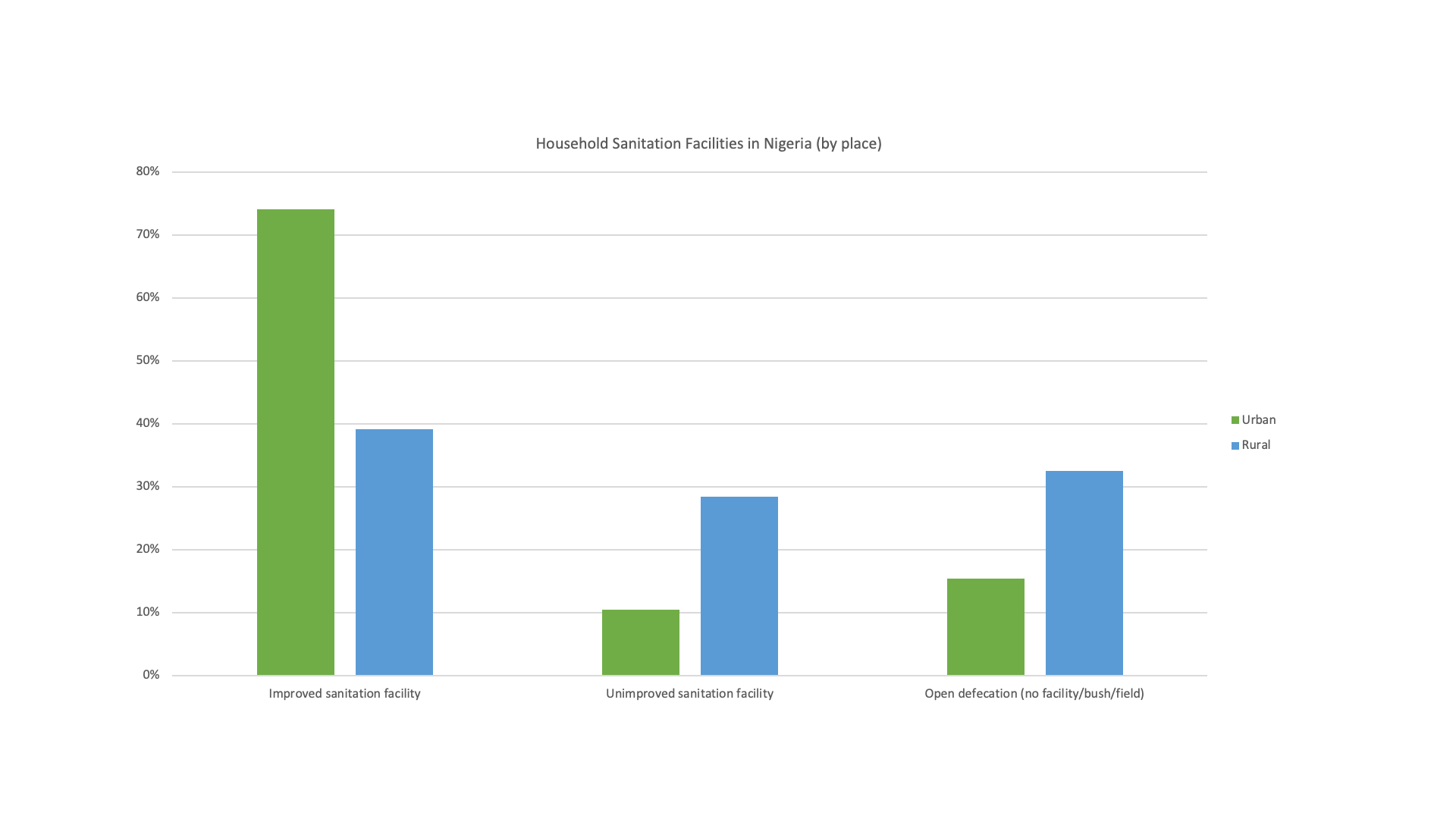
How this compares to the sub-national average:
Sanitation Facility Type & Sanitation Service in Edo State
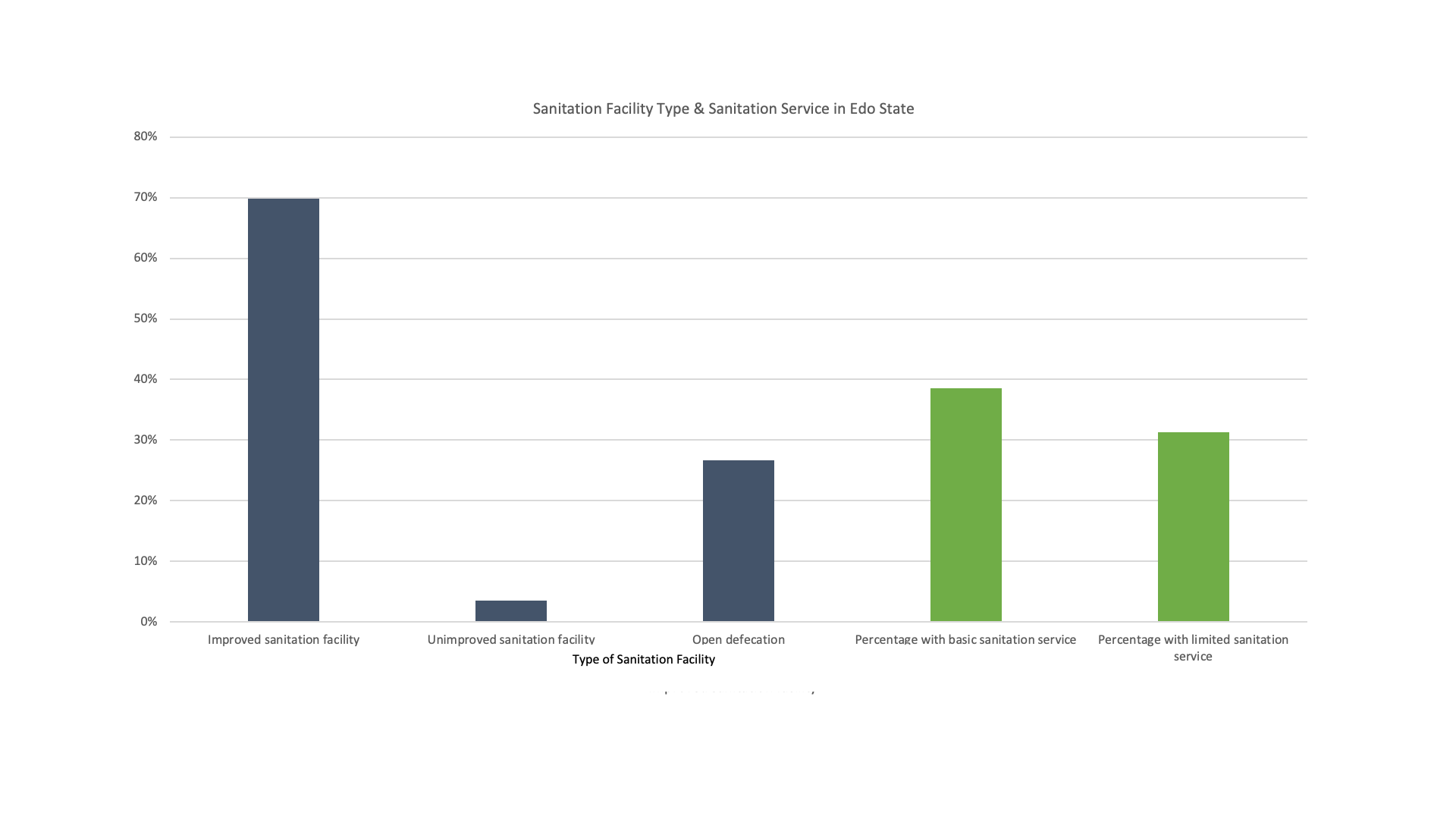
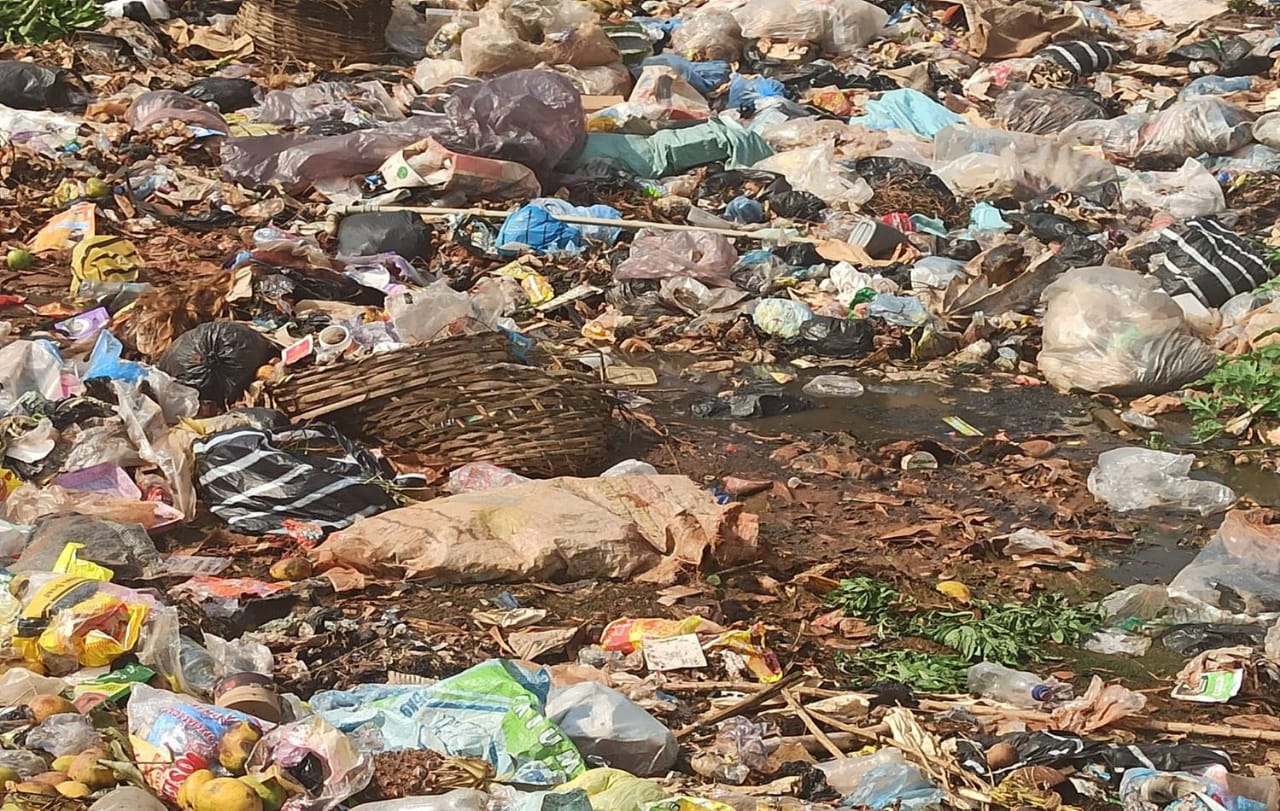
Safe waste disposal
Refuse dumping sites attract disease carrying rodents, mosquitoes, and other vectors. This has led to a high incidence of Lassa Fever and Malaria in Ekpoma-Irrua.Food Environment
Food security, as defined by the United Nations' Committee on World Food Security, means that all people, at all times, have physical, social, and economic access to sufficient, safe, and nutritious food that meets their food preferences and dietary needs for an active and healthy life.
According to the International Food Policy Institute, a changing climate, growing global population, rising food prices, and environmental stressors deeply impact food security.
Municipal and community strategies such as better options for handling water allocation, land use, food trade, postharvest food processing, and food prices and safety must be implemented – in both the formal and informal food sectors.
Informal food sector

- Poor food hygiene practices.
- Limited health information is made available to community members by the Public Health Authority.
- Poor sanitation.
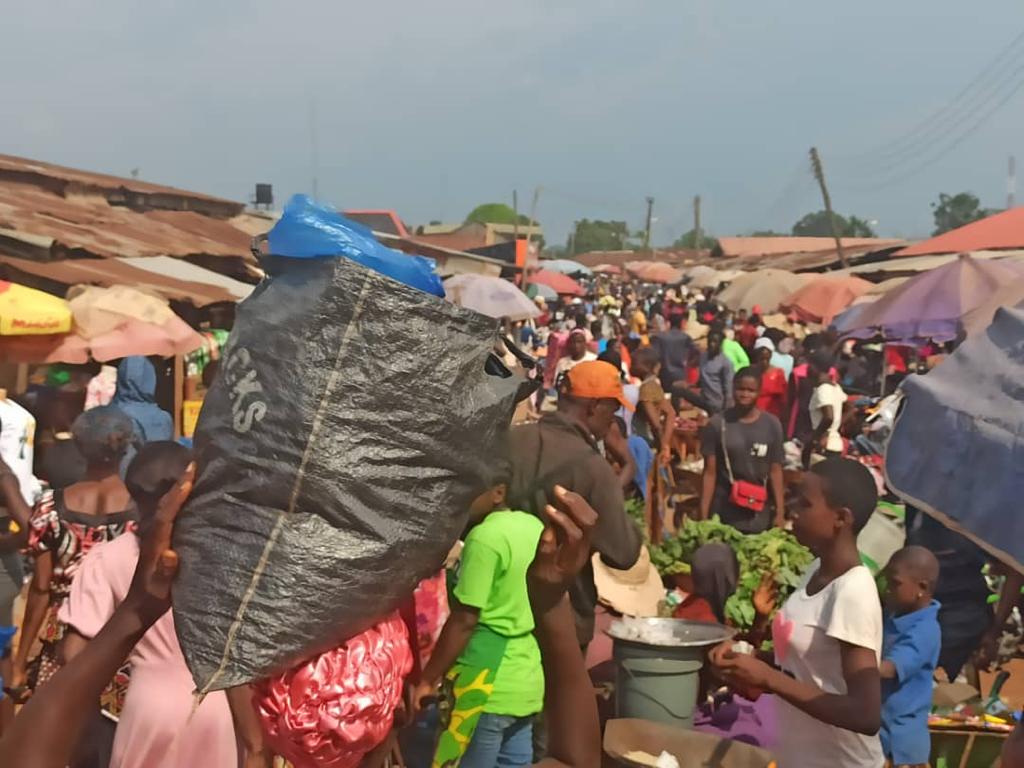
HEALTH INFRASTRUCTURE - NIGERIA & EDO STATE
ACCESS TO HEALTH CARE
In Nigeria, as opposed to the 20% benchmark recommended by WHO, more than 70% of healthcare spending is out of pocket. For example, in Edo state, one of the 36 states of Nigeria, out-of-pocket healthcare payments is 90%.
HOUSING
Nigeria is faced with over 17 million housing deficits, and Edo State contributes over 300,000 to it.
Maternal and Child Health
Problems in accessing health care in Urban Areas
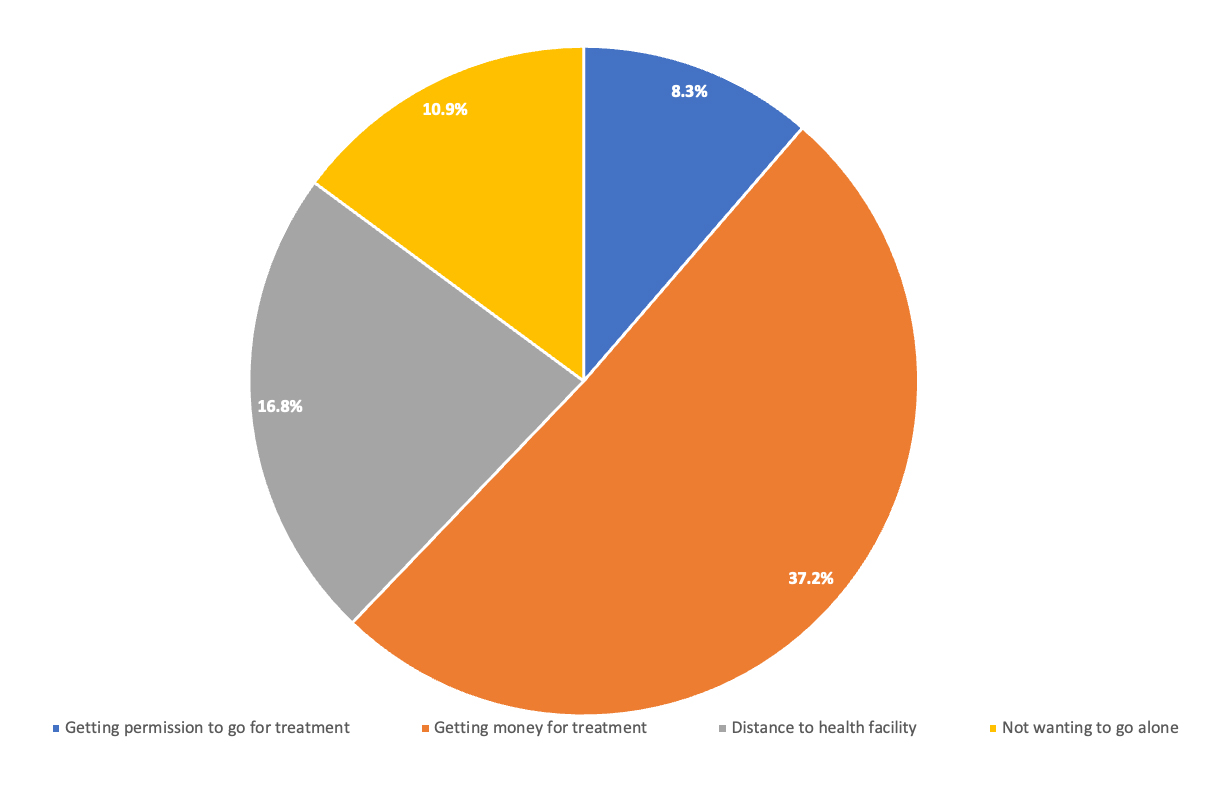
Problems in accessing health care in Rural Areas
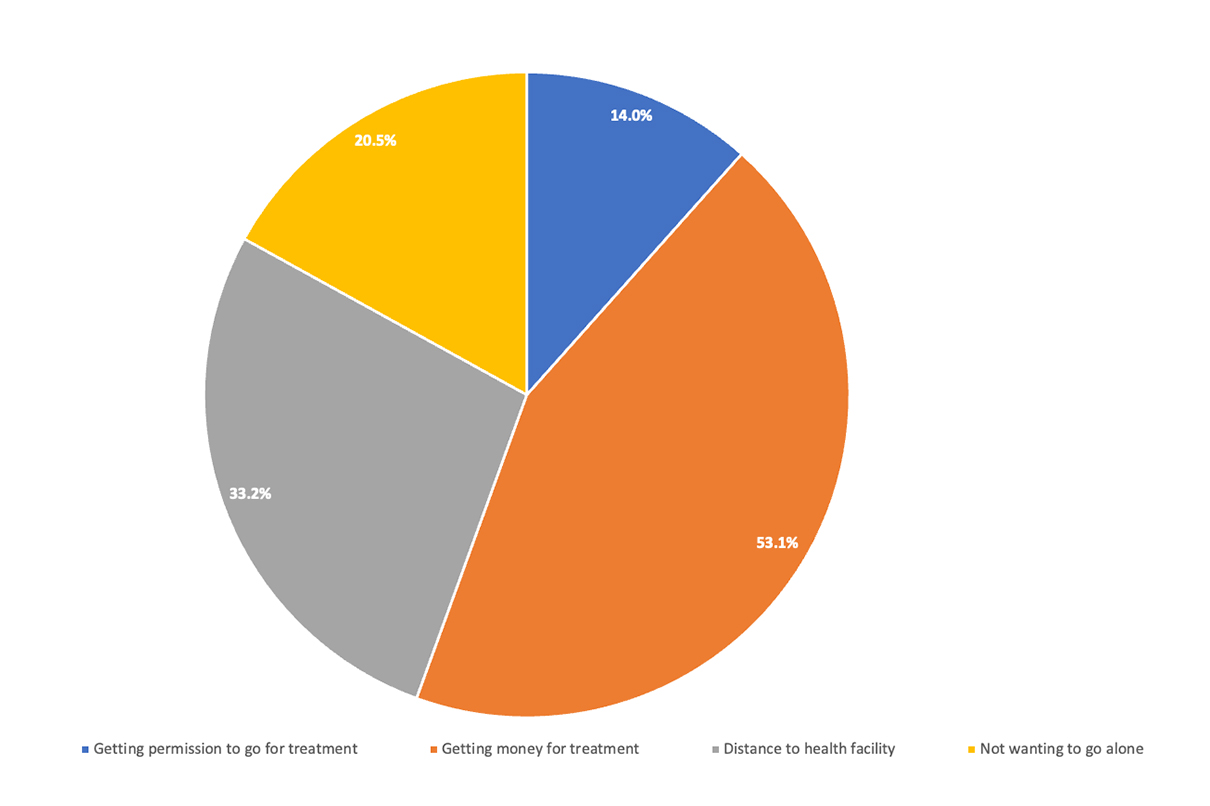
- More women in rural areas (60%) than urban areas (42%) have problems in accessing health care.
- Women in urban areas are more likely than those in rural areas to receive a postnatal check during the first 2 days after delivery (61% and 30%, respectively).
Problems in accessing health care in Nigeria
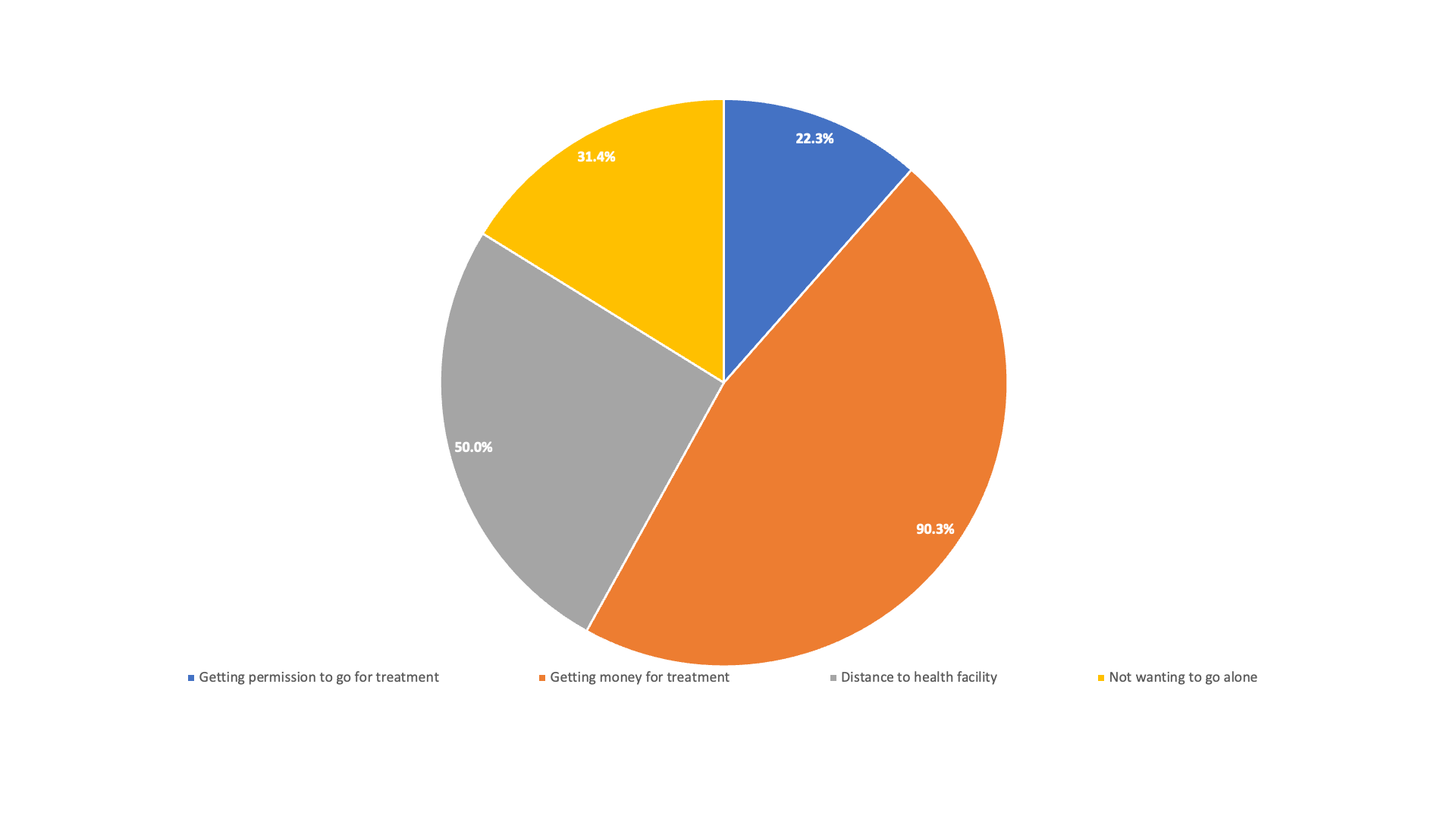
Problems in accessing health care in Edo State
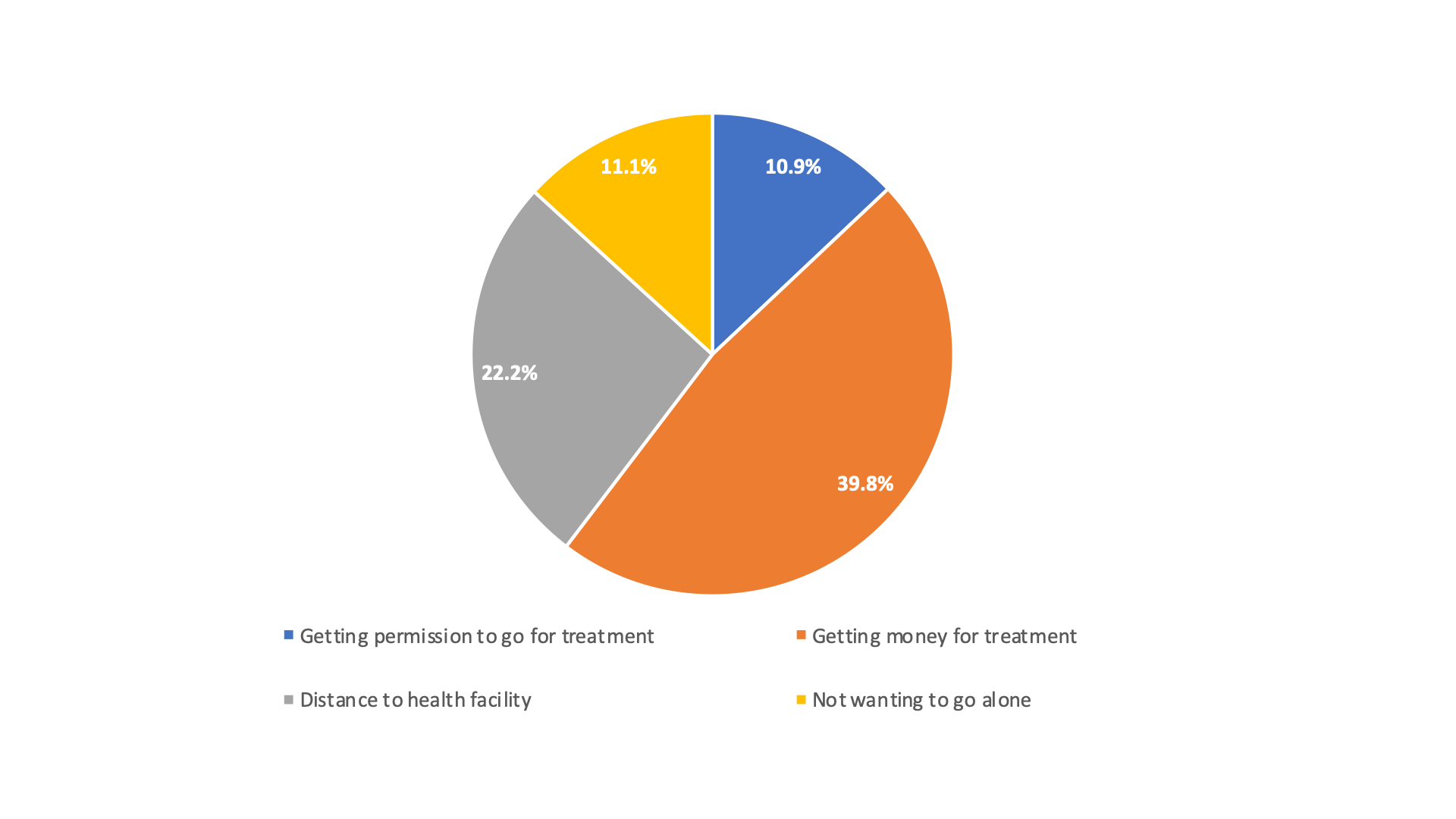
Problems in accessing health care in Nigeria & Edo State
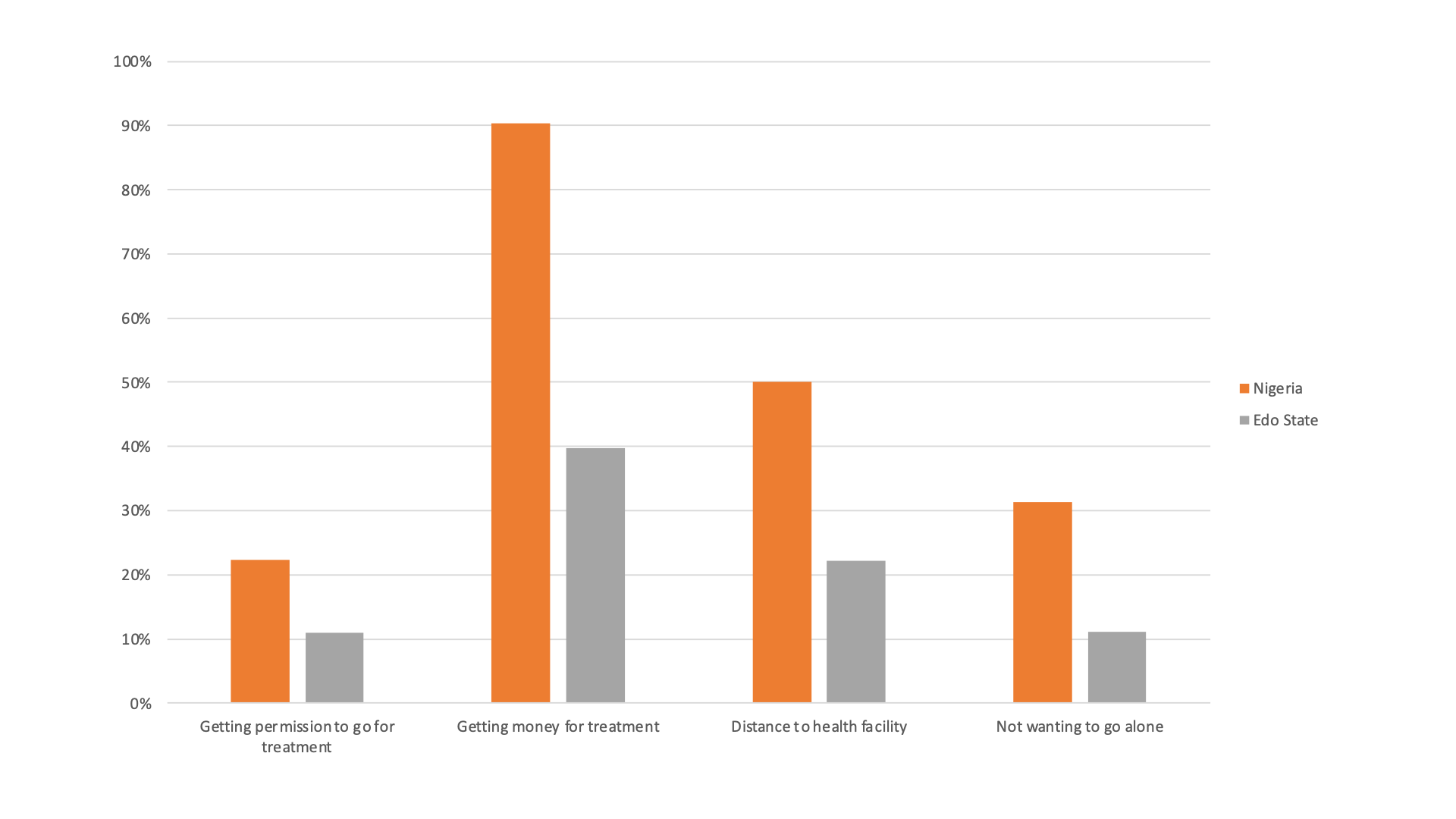
Means of transportation to health facility in Nigeria & Edo State
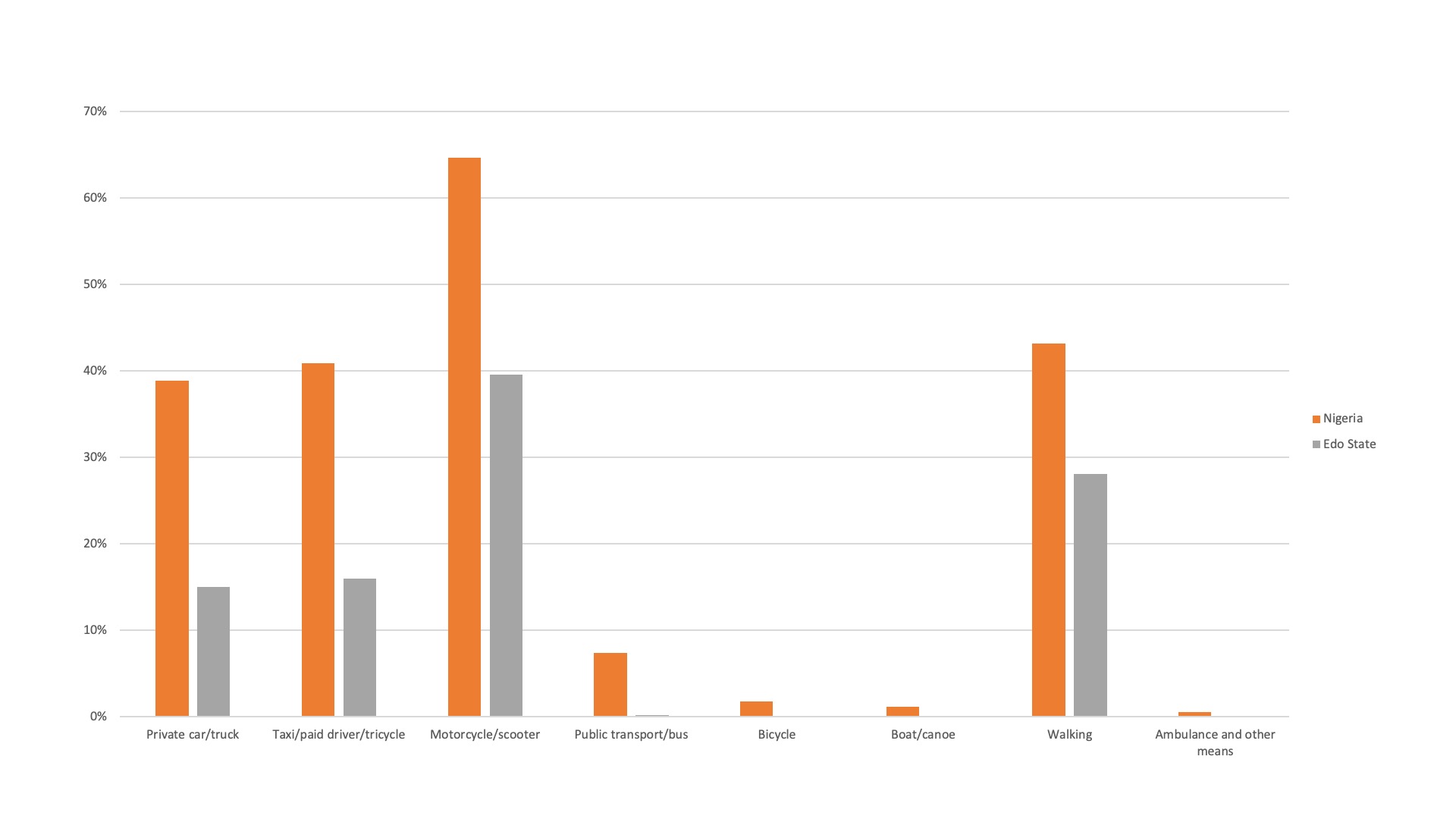
*Percentage of live births in the 5 years preceding the survey that were delivered in a health facility by means of transportation to the health facility where the delivery took place, according to background characteristics, Nigeria DHS 2018
Means of transportation to health facility in Urban Areas of Nigeria
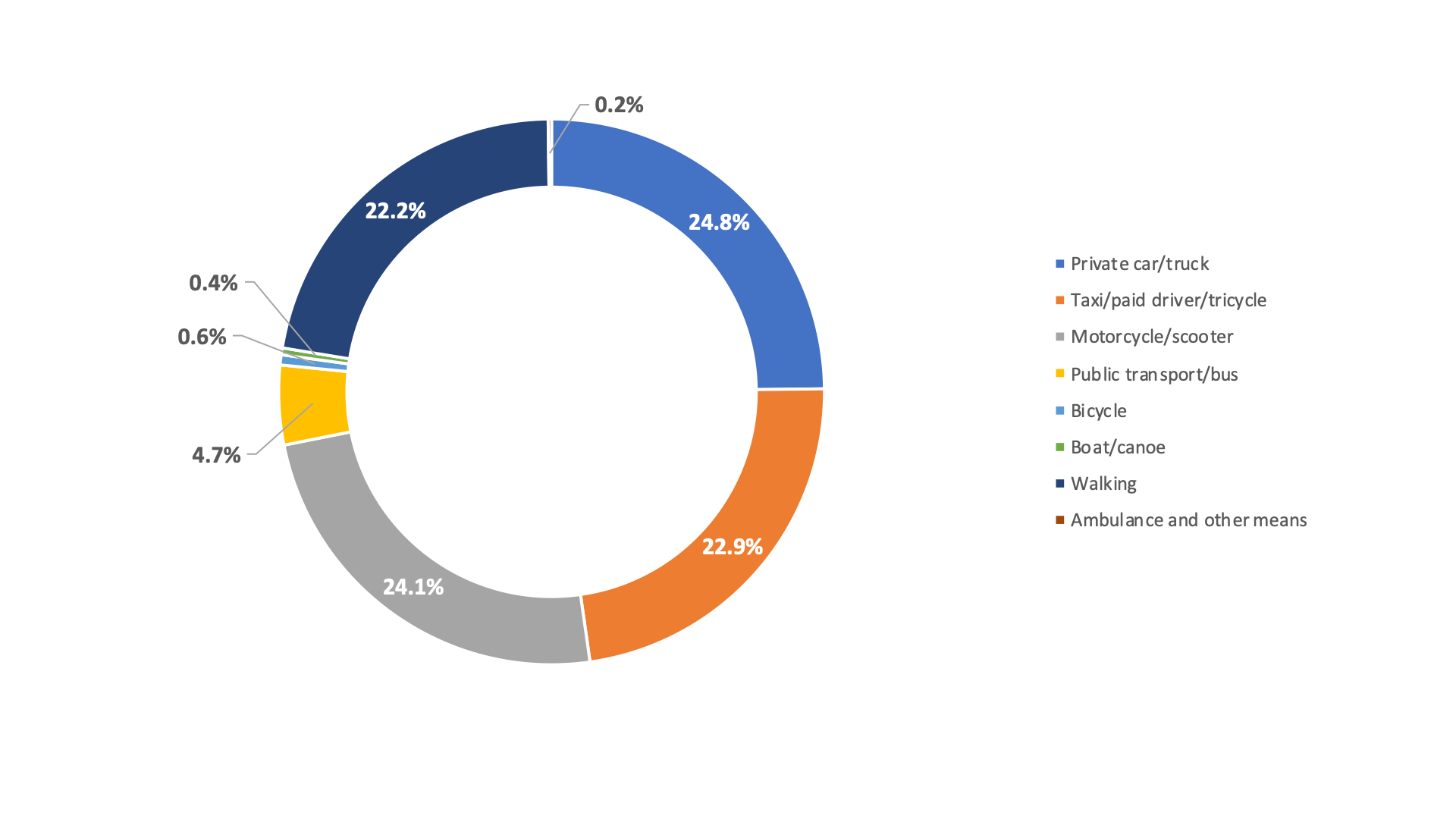
*Percentage of live births in the 5 years preceding the survey that were delivered in a health facility by means of transportation to the health facility where the delivery took place, according to background characteristics, Nigeria DHS 2018
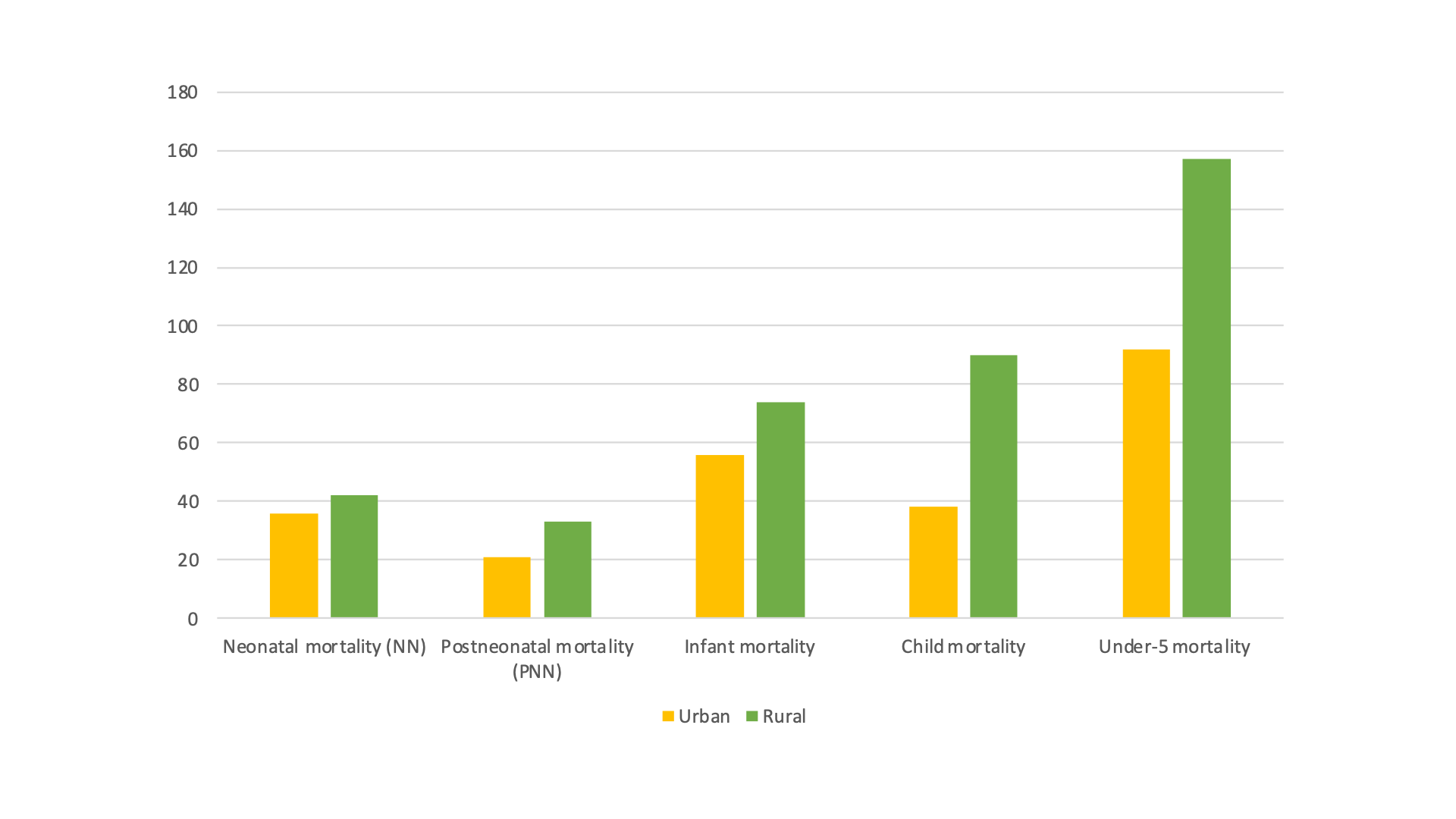
Net School Attendance Ratio at the Primary Level in Nigeria
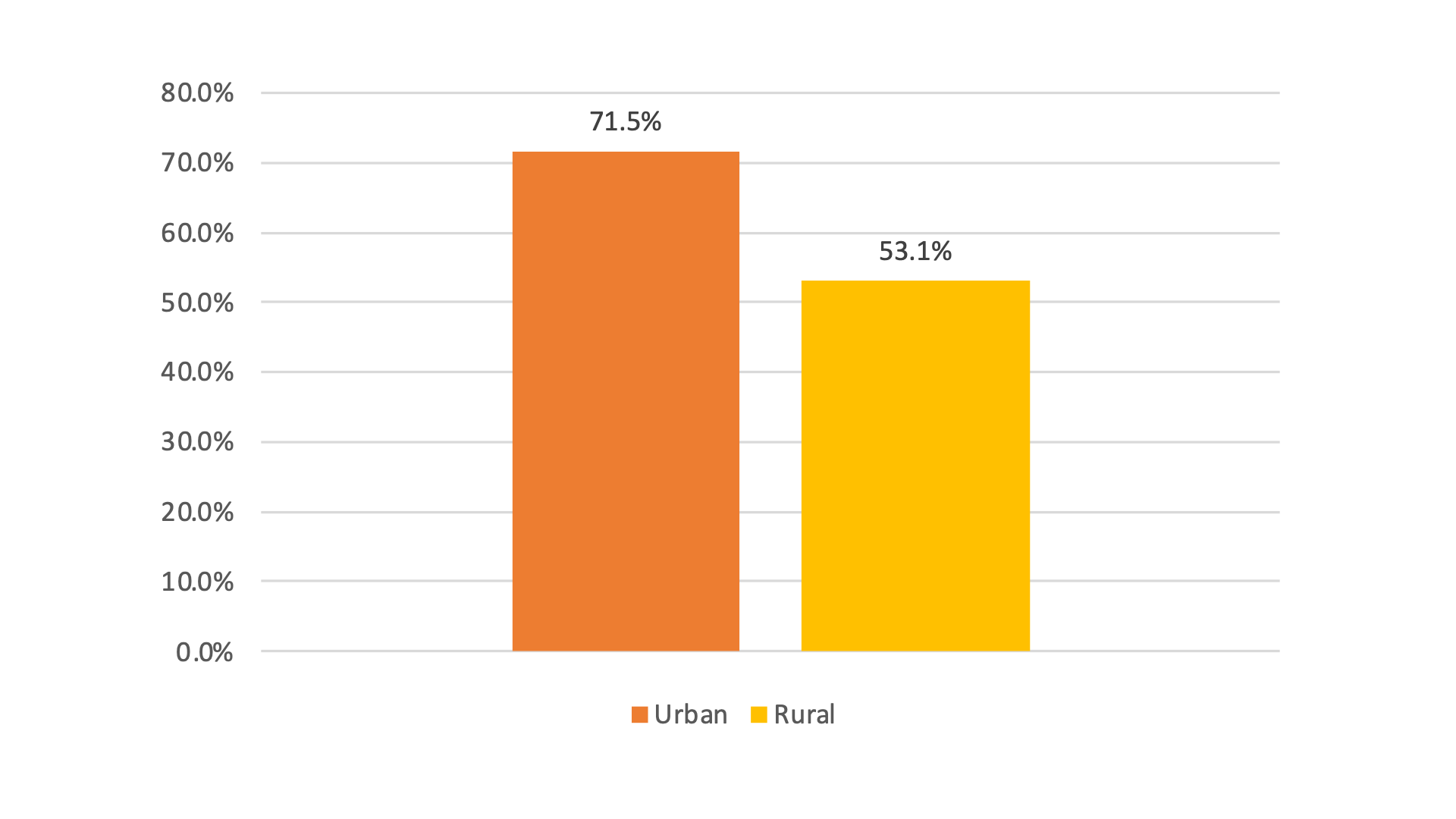
Net School Attendance Ratio at the Secondary Level in Nigeria
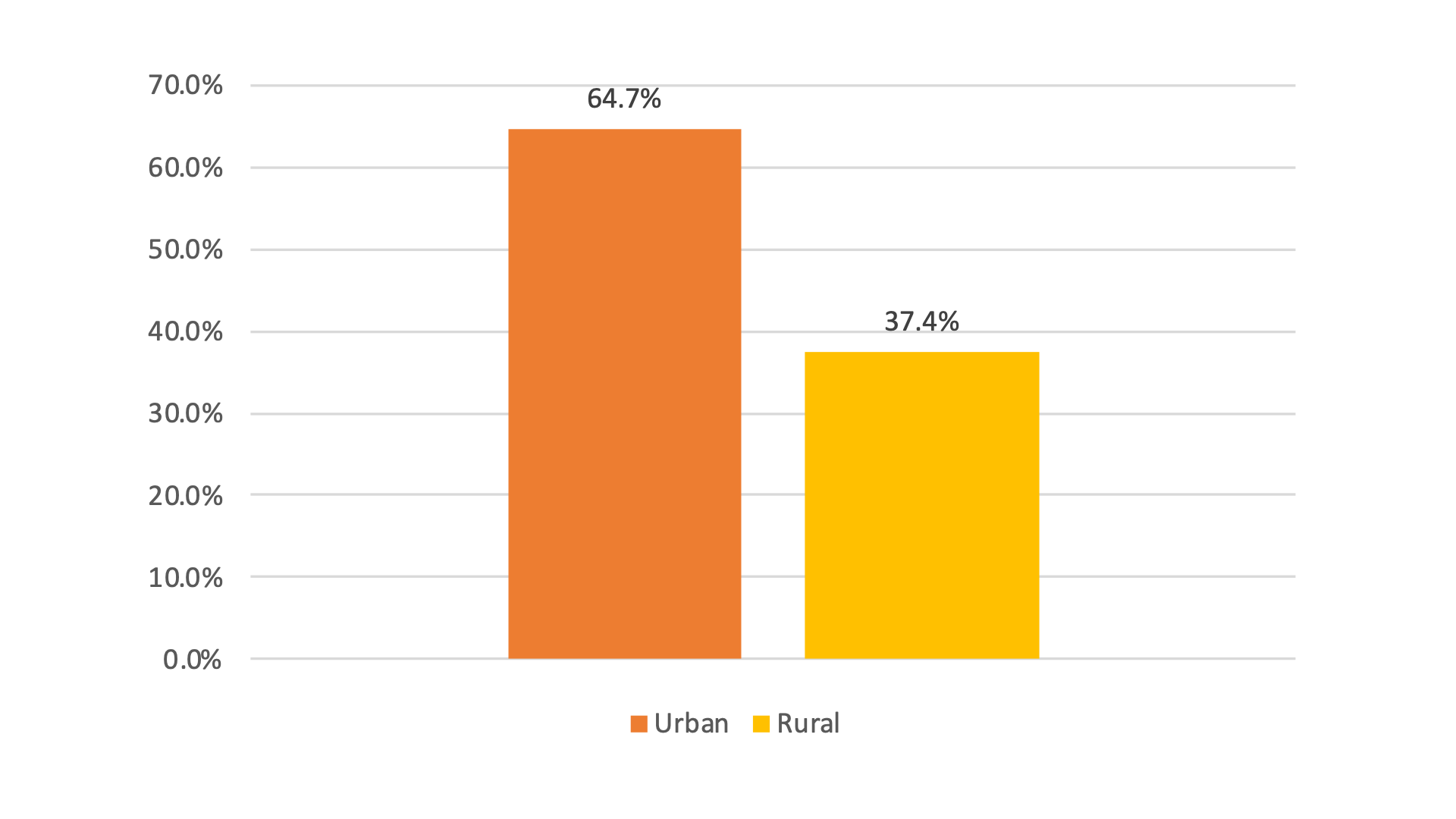
HEALTH INFRASTRUCTURE - Opoji
Access to housing
Multiple communities, particularly the elderly, do not have access to quality housing.How this compares to the national level:
Percentage of Urban Population living in Slums in Nigeria
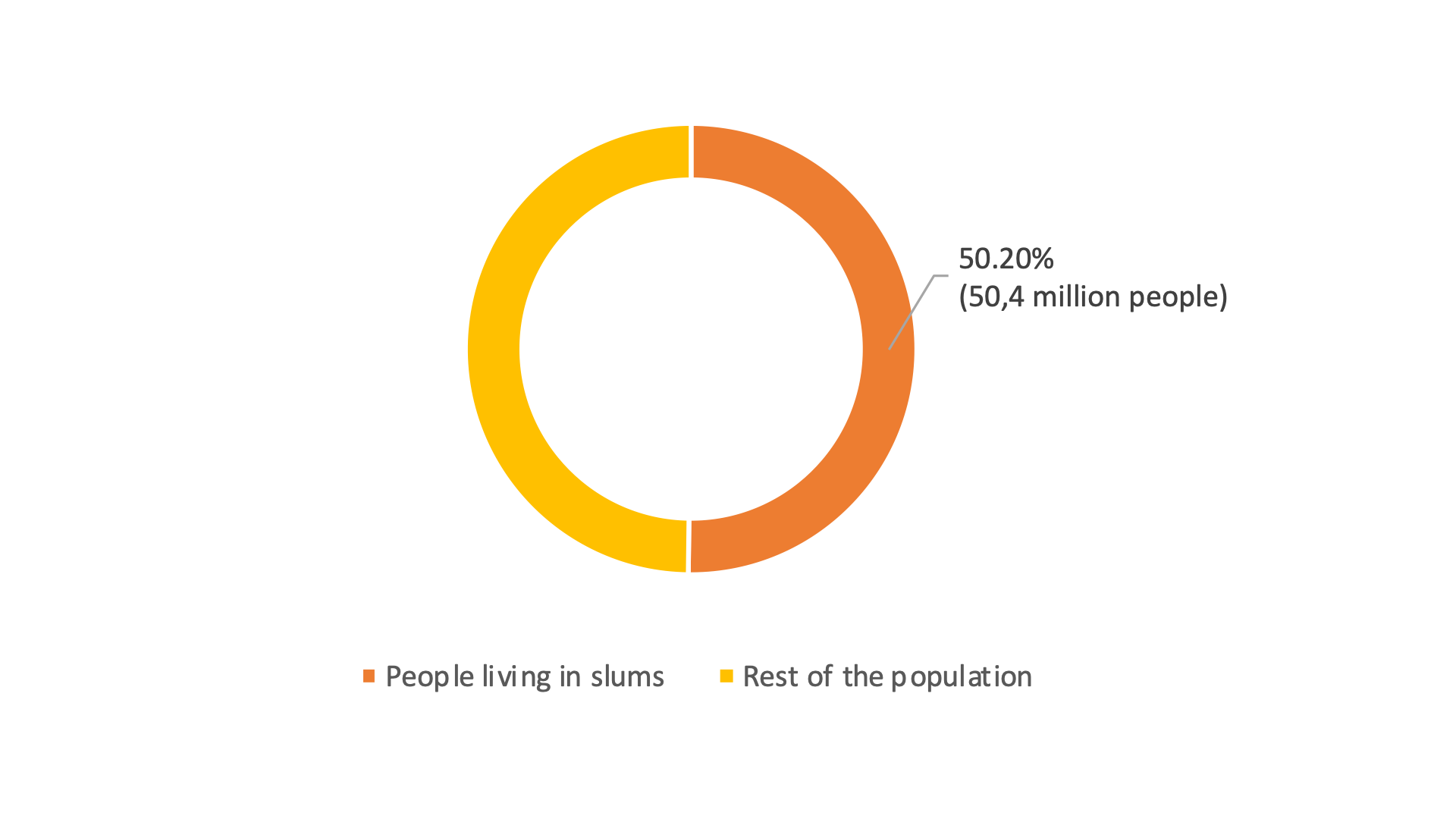
Health services
Poorly-equipped primary healthcare centres and the absence of adolescent-centred health clinics, add to the burden of disease.How this compares to the national level:
Problems in accessing health care in Nigeria & Edo State
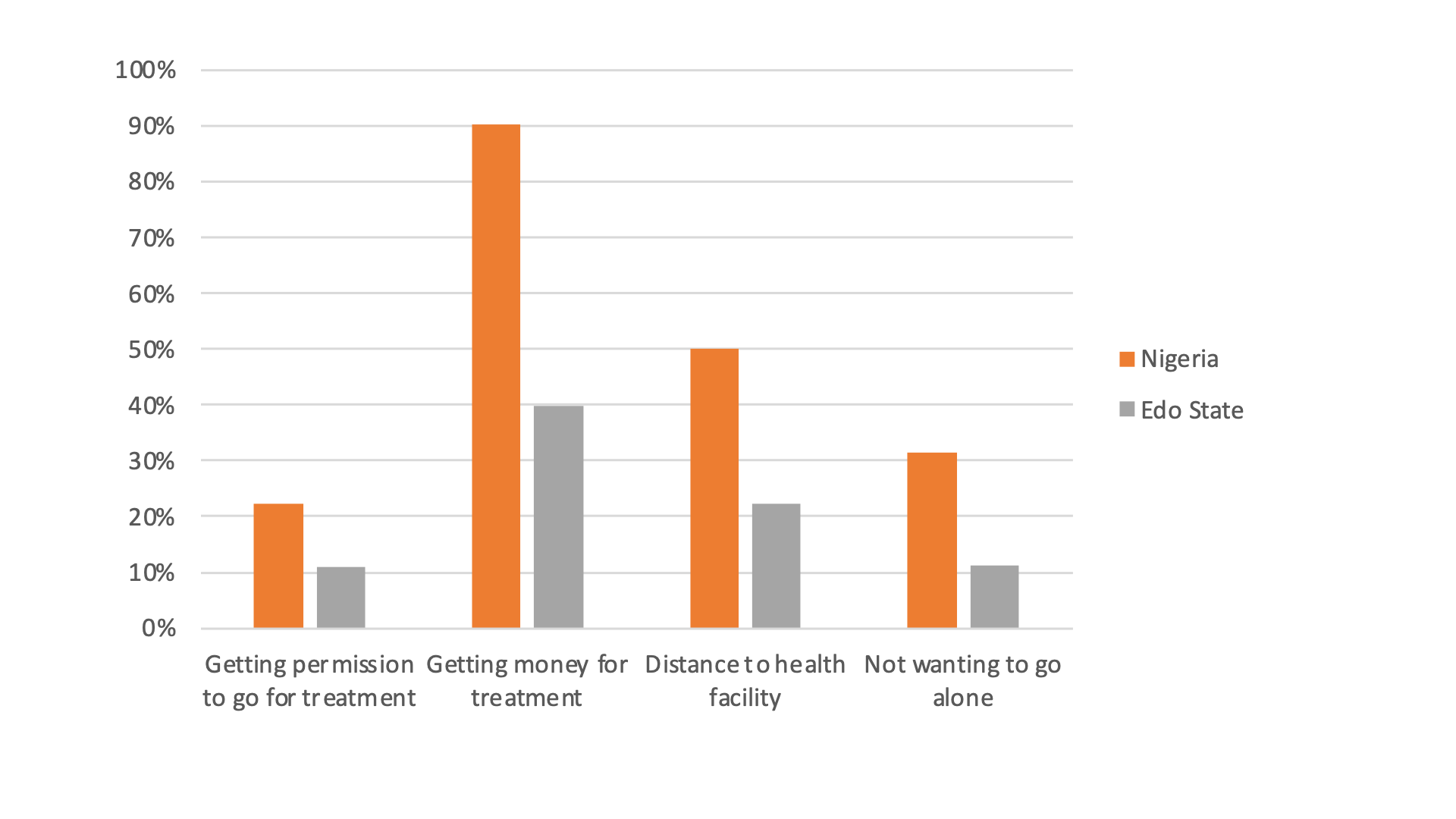
In Nigeria, as opposed to the 20% benchmark recommended by WHO, more than 70% of healthcare spending is out of pocket. For example, in Edo state, one of the 36 states of Nigeria, out-of-pocket healthcare payments is 90%.
Spatial coherence (1)
To get to the health centre, villagers must travel by any means necessary on bad roads.How this compares to the national level:
Means of transportation to health facility in Nigeria & Edo State
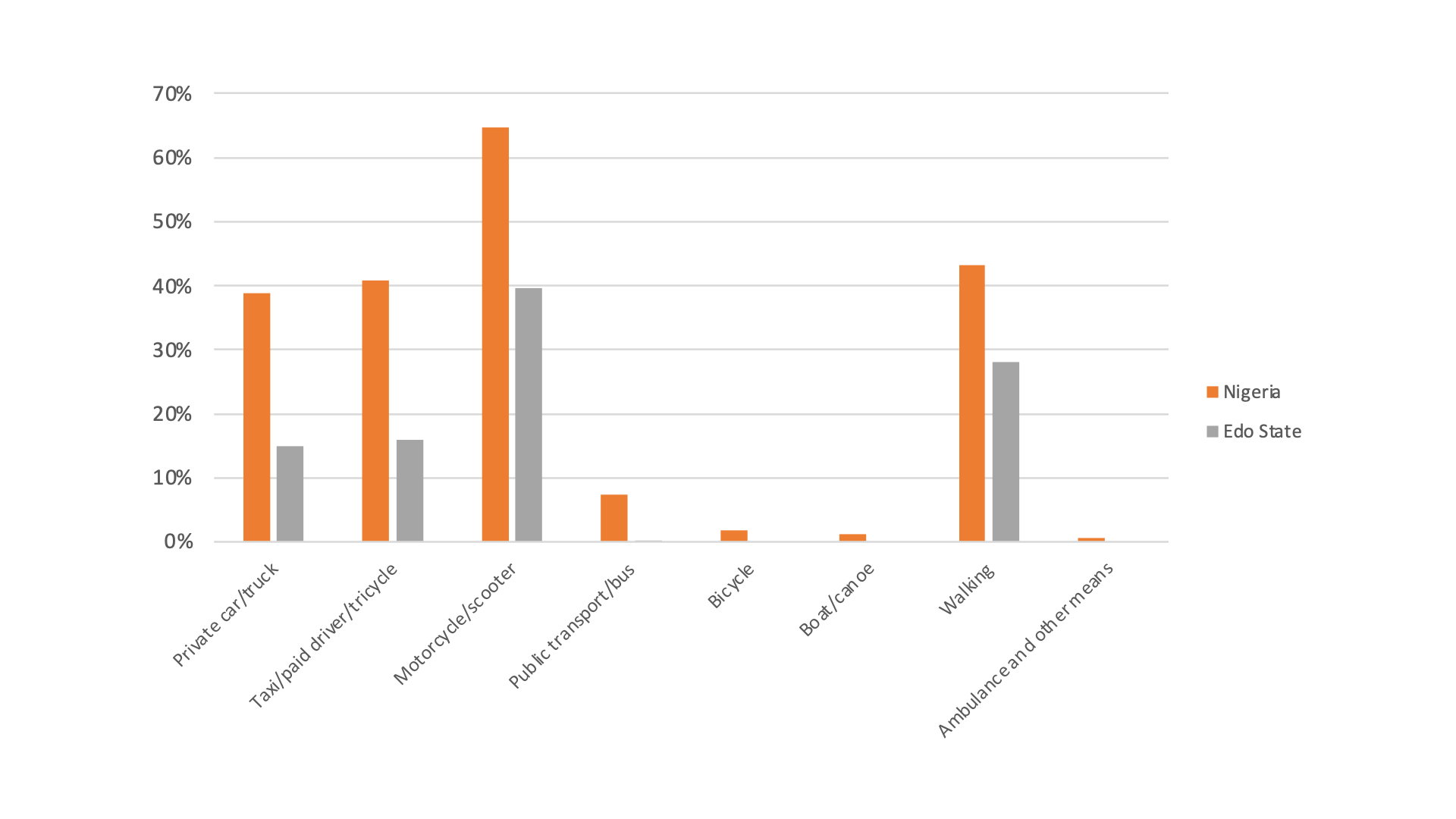
Spatial coherence (2)
To get to the health centre, villagers must travel by any means necessary on bad roads.How this compares to the national level:
Problems in accessing health care in Urban Areas
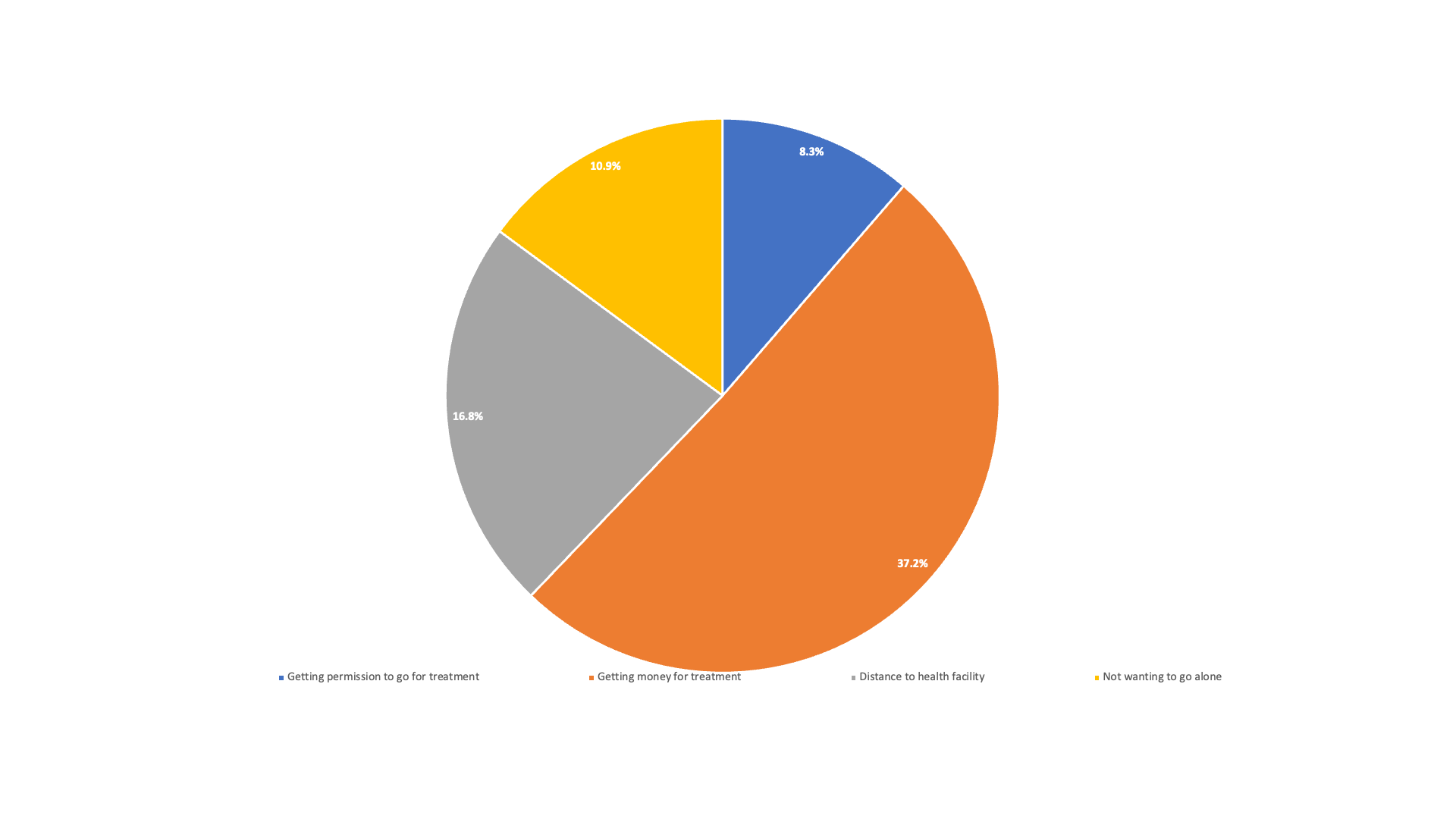
Problems in accessing health care in Rural Areas
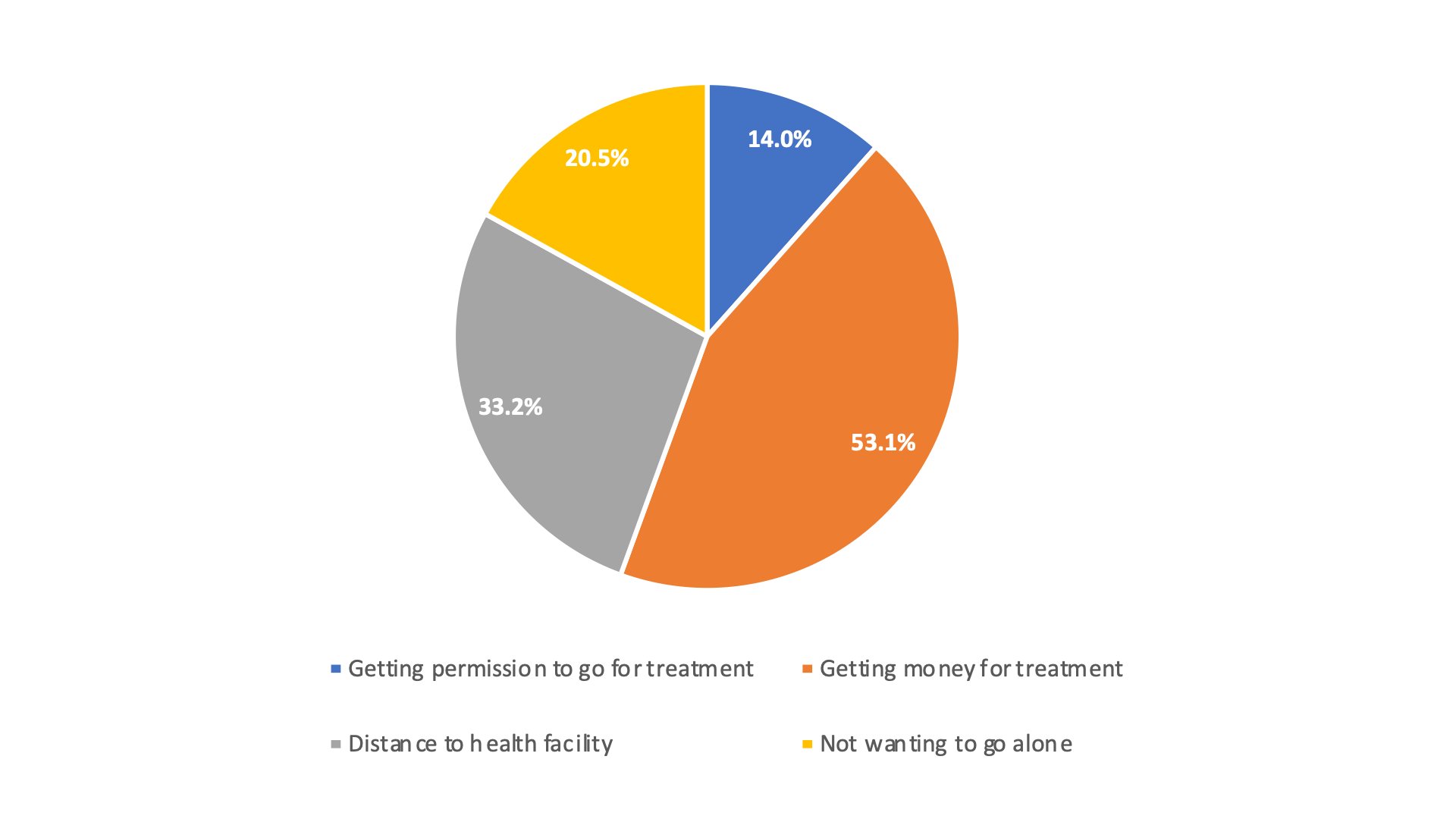
GOVERNANCE FOR HEALTH
POLICY COHERENCE
The OECD defines policy coherence for sustainable development as an “approach and policy tool that supports the integration of the economic, social, environmental and governance dimensions of sustainable development across all stages of policy making, facilitating integrated approaches to proposed solutions for the SDGs.” SDG target 17.14 is dedicated to policy coherence.

Active & committed local leaders
- Medical students: Health awareness campaigns conducted by medical students teach children about their health and wellbeing.
- NGOs: The Touching Lives at Christmas NGO gives out clothes to children during medical outreach activities.
- Religious community: Provides a social support network for the elderly and other members.
